|
This is a subject area that is tricky for me. I am very good at advising other people about how to train smarter, listen to their bodies and take recovery seriously. I am so aware of how not only physical, but also mental stress can take their toll on us if gone unchecked. But yet, we are not always good at taking our own advice. Well speaking from my own experience I decided to write a series of blog posts which will cover illness, signs of stress and how to recognise them, though to the recovery stages and getting back into training safely and hopefully stay well. Last week I started to feel some unexplained pains in my upper back which I initially shook off as DOMs after some good strength training sessions. My training had been going particularly well so I had no reason to think it was anything else. However, muscle soreness like that doesn't usually wake you up in the middle of the night, reaching for painkillers, and it doesn't give intermittent burning, stabbing feelings. A day or so later an angry red rash appeared on one side of my back and freaked me out slightly. A trip to the pharmacist and advised call to NHS 111 confirmed that it was shingles! I mean what is shingles exactly, isn't it a form of chickenpox that old people get? Well that aggrieved me for a start! Further investigation showed that it is also known as herpes zoster, an infection of a nerve and the skin around it. It's caused by the varicella-zoster virus, which also causes chickenpox. After a person has had chickenpox, the virus lies dormant in certain nerves for many years, then can become reactivated when the immune system is low. I have quite vivid memories of having chickenpox as a child, the itchy spots covered in calamine lotion that eventually scabbed over, which we were warned not to scratch or pick for fear of scarring. Shingles I have realised is a whole other level! The rash is the least of your worries - it's the intense pain caused by the nerve endings that is relentless. Being prescribed anti virals early I think is the key, but I found myself clock watching to see when I could take my next strong painkillers for some relief, and let's not even talk about how it affects sleep or trying to get comfortable in any position. The spread of the angry, raised rash was bizarre. As my partner Ian observed, the section on my back initially looked like a small map of Wales, however a day later it had stretched across one side, resembling something more like Greenland. Then there was the sprawling Galapagos Islands which had started to run around my side and across the front of my chest. Always, in textbook style shingles, never crossing the midline. My mood was really low and Ian tried to make me laugh by doing a little rendition of ‘All the Shingle Ladies’. I was due to do a sprint duathlon that weekend, and had been feeling really fit, performing well and particularly pleased to see my running getting back on form after previous Achilles injuries, so this was a really untimely blow. So why was it happening? As a coach it particularly bothered me, had I been training too hard? In fact over the past 6 months I have been training much smarter, following the protocols from my Menopause for Athletes course, to not put too much cortisol stress on my body, and had really been feeling the benefits of it. Well it didn’t take long for me to realise that this outbreak had been triggered by emotional, not physical stress. My friends and family were also quick to remind me that the past two years have been incredibly difficult with lack of work and Government support through Covid, and the uncertainty is still present in the events industry. Then there had been the recent, sudden death of a friend. I think it had all got become too much and had to come out somewhere. It interested me to find out more so that I could become more educated in terms of any of my coaching clients as well as myself. What is stress and is it always bad for us? A mid-20th century Austro-Hungarian endocrinologist named Hans Selye proposed that there were two types of stress: eustress and distress. Selye defined eustress as healthy stress. In terms of sport, when the training load is manageable and produces increased fitness, it’s eustress. On the other hand, excessive training can cause distress. Society generally uses the word ‘stress’ to mean ‘distress’ which implies both its mental and emotional aspects but that’s not how Selye described the term. Studies have shown that short-term stress boosts the immune system, and in terms of training, will also reap rewards. The key here, as I know only too well is that this type of short term training stress must be carefully measured, and interspersed with lower intensity work and recovery periods to allow our bodies to recover and adapt to then be able to manage increased load. This physical adaptation of increased fitness resulting from alternating stress and rest is called supercompensation. Short-term stress in general can be beneficial by boosting performance as well as bolstering our immune system. Moderate levels of stress have been shown to have an inoculating function which leads to higher than average resilience when we are faced with new difficulties. Of course, this example is just short-term stress, which in isolation may not cause us any harm at all. It's only when stress accumulates and exceeds our coping ability without adequate recovery that it becomes a problem. Stress is likely to occur after a build-up of life-changing events that can be either positive or negative. They could include a business realignment, a promotion or even something enjoyable such as a holiday. What matters is that there is a change to your normal routine. We all know that stress can make us feel upset, agitated and sometimes overwhelmed. The question is how does stress affect our body and our mind, and what can we do about it? The physiological effect of stress Within your central nervous system (your brain and spine) you have the autonomic system, which controls all of the processes that you do without thinking, such as breathing, digestion and your heartbeat. Within the autonomic system there are two systems of interest, which work in tandem with each other. These are the sympathetic system, known as the ‘fight or flight’ system and the parasympathetic system, or the ‘rest and digest’ system. The sympathetic system is responsible for increasing heart rate, increasing blood pressure and increasing blood sugar to help you to perform when stress hits. When you're stressed, this system triggers these necessary responses, and the function of your rest and digest system is reduced. The parasympathetic system is responsible for suppressing heart rate and bringing you back down to homeostasis. Another hormone released when we are stressed is cortisol. Cortisol is an energising hormone which increases the level of blood sugar. This is great in the short term to provide energy to react quickly, but in the long term it can be bad for the immune system as DHEA, which supports our immune system and is also released by the adrenal glands, can’t be released when cortisol is released. How to spot the warning signs Coaches and athletes like myself use tools such as Training Peaks to measure performance and training stress but this only tells half the story. Stress doesn’t exist in a compartment separate from the rest of our lives – it affects the whole person, no matter where or how it originates. Total load is the way to think about all of the stress that we encounter in our lives, both positive and negative. This is broken down as:
Spotting the warning signs
Athletes are well versed in spotting physical injuries, even at an early stage when they present as a niggle. But what about the psychological side of things? Here is a list of just some of the early warning signs of some of the feelings and behaviours associated with emotional stress*:
I have had my fair share of injuries along the way and pride myself in being pretty in tune with my body, adopting good strength and conditioning protocols to try and keep things in check. But mentally? I think like many I am perhaps not so attentive in this area. In hindsight I can recognise many of the early warning signs above but shrugged them off as 'hormonal' symptoms. So how can we better keep a check on this, and then know... When to stop and when to power through? This is where some of the great tracking apps come into play. I have been very aware of HRV (Heart Rate Variability) over the past few years, but admit I sort of dismissed it thinking I was the best judge of what was going on in my body and could decide how to train around that. I have completely changed my mind on that now, however and am tracking my HRV alongside a tracking app called 'Wild AI' which uses objective and subjective data to work with your female physiology to help you achieve your peak performance. The information around HRV has been illuminating - not only my own, but the research I have been hearing about elite athletes who have used their HRV data to gauge their training intensity with surprising outcomes. HRV measures the activity of the autonomic nervous system in response to stress - as in ALL stressors, not just those imposed by training. For me the answer to the question above was loud and clear. Shingles stopped me in my tracks and forced me to think about the whole picture in terms of body and mind. I have taken 10 days off exercise other than walking, and have been nourishing myself in all aspects. Like all curveballs in life, I believe these things are sent to make us reassess, take a step back and learn and grow. So in my next blog post I will be delving further into my learnings about HRV and sharing my insights into how this information can be used to complement our training protocols. I will also be specifically looking at how this aligns with the female physiology tracking app, especially given that hormone fluctuations during peri and menopause can cause elevated levels of cortisol. This is relevant not only to coming back from illness or injury but in our ongoing journey as well rounded athletes.
0 Comments
As someone who has always been very active, I became aware in my mid-forties that changes in my body were starting to affect my training. I have a particular passion for triathlon and multisport events, and always believed that consistent training would keep me at the top of my game. But suddenly I was experiencing all sorts of weirdness – disrupted sleep, night sweats, bloating, fatigue, and recurring muscle aches and injuries. Despite my exercise and eating patterns not changing, my shape was, as I gained weight, particularly around my middle. Could this be the start of the menopause? What was happening and how could I prevent this from affecting my sporting ambitions? So what is going on? What is the menopause? Well, this is where the language that is used can be confusing. Technically the menopause is just one point in time, it marks the exact 12-month mark since your last period. From this point onwards we move into post-menopause, what people usually term menopause, or our menopausal life. But things start to change around five years prior to this during the menopausal transition we call perimenopause, where your regular menstrual cycle starts to change. Our hormones at this point are in a state of flux, with oestrogen becoming dominant, as we start to have more anovulatory cycles. This means that as an egg isn’t being released, there isn’t the stimulus to produce progesterone, so causing a hormonal discrepancy. This is where we start to feel those confusing changes in our bodies. Where we start having night sweats, putting on belly fat, losing lean mass, not feeling as strong, not hitting high intensities. We don’t understand why all the things that we’ve been doing up to this point now aren’t working for us, and the closer we get to the actual cessation of our periods, the worse these become. How does this affect our training and body composition? Oestrogen often promotes inflammation, whereas progesterone is anti-inflammatory. This leads to an increase in total body inflammation, and a poor ability to adapt and respond, with a predisposition to things like iron deficiency, sore joints, puffiness, picking up respiratory tract infections and so on. We also have a decreased sensitivity to insulin, primarily due to the interaction of oestrogen and progesterone and how they moderate blood sugar control. What can we do? Although there is now a slowly increasing amount of information out there, the studies into perimenopause and menopause particularly in terms of training have been slow to come to the fore. Through personal research and study into this area I became very aware of how our training patterns need to adapt to these hormonal changes. We really want to maintain neuromuscular stimulation and muscle integrity, as our ability to maintain fast-twitch fibre action and a really strong, fast contraction, or power and speed, for the most part, really take a hit when we hit that perimenopause and post-menopause aspect of our lives. What about HRT? Hormone replacement therapy definitely benefits many women, especially where their symptoms are very debilitating – for things like vasomotor symptoms, sleep issues, vaginal dryness and mood. However, as it has a different molecular structure to our endogenous hormones, it is not effective for building lean mass or mitigating body fat gain. This is where exercise really comes into play, and particularly the way in which we train. Embracing, and adapting to the changes We in the Western world tend to use a lot of negative language when speaking about this time of change in a woman’s life. Many Eastern cultures however have viewed this as a natural transition in life and they have a freeing sensation where they don’t have to deal with a period anymore, they are now in a new chapter of life, having the ability to do other things that they weren’t previously able to because they were hindered by a period or hindered by responsibilities of being a younger reproductive woman. We should embrace this new freedom – this is all your positive scope, in developing and saying, yes, now I’m ageing, but I’m ageing gracefully, and I’m powerful, and I’m strong and I can do all these new things. Women do have the capacity to continue to be strong and competitive beyond the menopause. However, there are some key considerations we need to take into account when planning our training: Lift heavy – we really need to build in some quality resistance training, low-rep heavy weights. Not only does this help with neuromuscular action, it also increases the stress on the bone and helps with bone turnover, increasing bone density, or really preserving it and not allowing our bodies to lose it as fast. High intensity interval training – one of the best ways to stimulate muscle production, these short, sharp interval workouts prompt your body to build lean muscle and shrink visceral fat more effectively than a slow burn endurance workout. It also helps your body to process insulin efficiently, making you less prone to insulin resistance, or becoming overweight. Plyometrics – working on power and muscle integrity, maintaining fast twitch and neuromuscular stimulation for a strong, fast contraction. We are talking here about jumping or some fast explosive movements, of course always done in a really safe manner. Do less volume and more intensity – this is the area where a lot of people struggle. The tendency at this time is to push harder and longer to get rid of this newly acquired body fat, but ultimately that backfires, putting you into a state of low-energy, high stress cortisol cycling. This elevated baseline cortisol impacts on our sleep quality, which in turn decreases our insulin sensitivity and increases our body's stimulus to store the visceral adipose tissue, i.e belly fat. Sleep is the integral part of our recovery - we don't get fitter during our training, but the recovery around it. Good sleep enables muscle recovery, aerobic endurance and the rate of perceived exertion. As an endurance athlete myself, I must admit this reduction of the volume of my training was something I struggled with, but we have that inherent ability to go long because of the sex differences within the muscle enzyme activity, as well as the body being predisposed to endurance. What is missing is the strength component and the anaerobic component to make you competitive. All of these specific interventions work to not only to decrease visceral abdominal fat, increase our insulin sensitivity, increase our lean-mass development and the way our muscles fire. They also help with our mood and cognitive focus. One thing I will add as a caveat to all training, is to think about the timing of your workouts, which is very important. Take a look at my blog post here to find out how to make sure this works with, not against you! Working with a coach
The term ‘adaptive coaching’ is often used in a work environment, allowing managers to identify their employees’ level of ability of a given task or skill, then coaching them accordingly. I believe this should be the way we work with athletes too, especially as our bodies change as we get older. We should never be using an ‘off the shelf’ training plan, especially when so many of them have been adapted primarily for men, and do not take into account these inherent sex differences throughout our lives as females, let alone during this time of change. I work in a very holistic way, constantly listening to my clients and the way they are adapting not only physically, but also mentally to the training I am setting them. There is nothing more discouraging than being set a plan with targets you may miss due to changing hormonal symptoms. Through making the necessary adaptations to my own training, at 54 years old I am achieving better results in my sports than I was in my early thirties. I use the same methodology, albeit in a way that is bespoke to every individual that I work with, to ensure they are also able to achieve their personal goals, and to be the best version of themselves. After completing my virtual Latin American pentathlon throughout the last year, I have been giving some careful consideration to what my next personal challenge could be. As I have been learning more through the coaching side of my business about how we should adapt our training I have been keen to 'walk the walk' and demonstrate the principles in practice here. I do love a goal to work towards too! Studies show that moving through the perimenopause and menopause stages of our lives, women maintain their ability for endurance, but start to lose power and resultant speed. With this in mind I have been adapting both my own training, and that of the female athletes I work with, to include more HIIT type workouts to maintain fast-twitch fibre action and a really strong, fast muscle contractions. I decided to target a couple of shorter multi sport events this year (sprint distance duathlon and triathlons), but also wanted to demonstrate that this type of training doesn't mean our inherent endurance suffers. So what's next? Enter the '24 Hour Aquabike' as an idea that I dreamt up on a long bike ride. The plan is to take the model of a standard distance aquabike event (1500m swim followed by a 40k bike) and repeat the process over a 24 hour period. Subject to final logistical arrangements, this personal challenge will take place in the Teddington/Richmond area of London where all of the activity will happen outside, yes, no turbo or indoor cycling here, and I will do all of the swimming elements in the Thames. Appropriately enough, I plan to undertake this challenge close to the summer solstice in June, and I am sure that it will certainly feel like the longest day! The challenges I'm no stranger of course to endurance events, having undertaken the likes of my Andes cycling challenge back in 2017, or the London to Brighton or Caledonian Challenge 100k walks, but the challenges for a multi sport endurance event like this will be many:
An additional motivation I also decided that I wanted to use my challenge as a fundraising opportunity. After years spent creating challenge events for charities, I wanted to give something back to a charity that has become close to my heart. The pandemic had a significant impact on my events business, but due to being approached to help Carers UK and Carers Scotland to deliver a series of events for them virtually, my business has been able to survive. These events brought together members of the charity and speakers from around the country. Speaking with the people the charity supports, the carers, had a massive impact on me. As part of my series of video conversations about resilience and challenge, I also had the privilege of speaking in depth to a good friend of mine Shäron about her caring responsibilities, and it really had a profound effect on me. To hear the full interview, go to my YouTube channel via the link below. Doing the aquabike on my own for 24 hours will be an unrelenting physical and mental challenge, but after 24 hours it’s finished. Being a carer doesn’t finish after 24 hours and without support it can be lonely and scary. There are no medals and often very little recognition for the important role that carers have in families and in society. Having met so many people during the virtual conferences their love for the person they care for and their selflessness, strength and kindness were so obvious. Thankfully there are people with their strength and courage to care, and organisations like Carers UK, to help these remarkable individuals. If I can raise some funds for Carers UK and Carers Scotland, it will be an added incentive for me to keep strong when the going gets tough.
To read more about Carers UK, and to sponsor me, go to my JustGiving page here. I will be posting updates about my training and fundraising progress via this blog post and my social media channels. So here we are, 340 days later and I have completed my 9,006km Latin American Pentathlon! Looking at my ‘Virtual Mission’ tracker I am actually 14 days ahead of schedule and 356km ahead of my pacer (I didn’t actually realise I had one until now…) It’s been quite a year. I initially started this challenge as something to keep me focused amid Covid restrictions, uncertain of whether sports events would go ahead. I tasked myself with virtually covering the length of South America, 9,006km, by swimming, cycling, running, kayaking and paddle boarding the distance over 11 months. Looking back though it has been really encouraging to see that there were some lovely moments of normality in my own little weird world! Here are some stats and highlights for me. Over the past 48 weeks I have completed a total 622.5 hours of cycling, swimming, running, paddleboarding and kayaking. Looking at the average of 13 hours per week that this comes in at and I can see why Coach Tom had been starting to worry that I may have been doing too much. Here is how it broke down across the various disciplines... Cycling: Not surprisingly, this was the discipline where I covered the majority of my mileage. 7,991km in fact. Despite owning a turbo trainer, just over 90% of my distance on the bike was done outside, and my trusty hybrid took on a large portion of that, which is only fitting as it took me on my REAL Andes adventure four years ago. It saw me through all sorts of weather and terrain conditions. Then there was my 'surrogate bike', Ian's old jalopy as he calls it, which took me up numerous hill climbs out in the Chilterns I credit my lovely cycling buddies Giovanna and Nikki with getting me through many 'lockdown' miles both this year and in 2020. With restrictions in place again early this year we embraced the peace in London to capture some tourist moments in the City. It was my road bike, affectionately named 'Estrella' which took me through some of my longer rides, and particularly came into her own for my races, but more on that to follow.. Running: This was where I racked up the next biggest portion of my challenge, at 668km. Though at times it felt like harder work than it should have been due to recurring achilles niggles. It was only halfway through the year that I started to join the dots and see that some of these annoying pains and minor injuries were correlating with what was going on with my body hormonally, and so I started to switch up how I was training. Despite the introduction of my amazing GoPro into my life in April, I never could quite get to grips with videoing myself whilst running. So it seems like all I have here is a happy post run in the early spring, or a dodgy dark run during a recent storm... Swimming: I may have 'only' racked up 253km through this discipline, but it doesn't quite reflect just how much time I spent in the water. In fact probably about as much time as I spent on my bike. It is definitely one of my happy places. I am also proud to have completed ALL of my swimming outside, and my first full year of swimming throughout all four seasons in just my swimsuit. Like all of my sports, I carried on regardless of the weather, and in fact it as we enter another winter of swimming it reminds me that the adrenaline rush and afterglow feeling of these cold water dips are what set me up for the day. Even if it may sometimes involve seeing the Thames freeze over in sections and the resultant pink colour of my skin Swimming outdoors really made me very aware of the changing seasons, from bright sunny mornings, through to moody sunrises and of course my recent 'night swim'. Of course part of what brought out my open water swimming passion was necessity due to Covid restrictions on swimming pools. This did mean I embraced new swimming spots and made me ever more appreciative of this wonderful environment. The year started swimming at Teddington, and I never thought I would have seen myself swimming in the Thames! It opened my eyes to nature's challenges, not only the weather but also the flow rate, which led me to experience the outdoor watery equivalent to treadmill swimming, i.e on the spot! As Covid restrictions were relaxing, I managed to swim in the Serpentine from March through to August when another natural phenomenon reared its head - blue green algae. This closed the lake for a few weeks, which afforded me the opportunity to head back to the re-opened Hampstead Ponds. In amongst the highlights of my summer swimming adventures must have been the opportunity to venture to Oxford and then, finally....Aberdeen! I never thought I would have been so excited to swim in the North Sea! Paddleboarding and Kayaking: This was an area where I was relying on opportunities to hire the required kit and have access to some suitable spots. I tried my best and loved every minute of the 94km I managed to cover in these areas. My first opportunity was at the end of April to take part in a 'paddle and litter pick' on the Thames near Kew. This was almost cancelled due to cold weather which made me smile when I think that I am usually IN the water whatever the conditions. A relatively local and favourite spot of mine is Little Venice and an opportunity to get in a few paddles along the Grand Union Canal. Here you pass a myriad of urban landscapes, with the added soundscape of people chattering as they walk near you along the canal path asking random paddleboarding questions, usually along the lines of 'have you ever fallen in?'. (No, but I have a feeling I might if you keep distracting me....) Taking full advantage of my weekend trips to Buckinghamshire to see Ian, I was introduced to the Westhorpe Farm Lake. What a facility to have on your doorstep! It was great to have the opportunity to do both a SUP and a kayaking session with Ian on this lake. On our weekend away in Oxford you can imagine my excitement to find out that the house we were staying in with friends had access to a canoe! Well that was definitely there to be taken advantage of and offered a beautiful way to see the surrounding area. Achievements: In amongst all of the mileage I was set monthly 'wildcard' challenges from Coach Tom, and set myself some others along the way. The first was to do 1000m of climbs and descents of 6% or more on the bike. This equated to 15 hill reps over 2 days, but oh so rainy days, and so the challenge was increased by having to do it on my hybrid for safety. Then there was another bike challenge of covering at least 50% of my distance in one week carrying at least 30kg to simulate a self supported trip. More weight was added in for a 'farmers walk' challenge - to walk for a mile carrying 40kg. This one took me by surprise as I thought it sounded too easy. Well it was anything but, I was in pieces afterwards, but all kudos to Argentinian Javier for encouraging me through it! Peppered in amongst these wildcard challenges were a couple of races. It felt so long since I had done any actual events so I was delighted to be first female in a standard distance aquabike event and first in my age group in what turned out to be a brutal middle distance event. Well I guess the clue was in the title... 'Conquer the Chilterns'. I proudly wore my Sundried kit to both of these events having recently been invited to be an Athlete Ambassador for them. Of course this also gave me an opportunity for a swim in two other locations on the Thames too! I'm not going to deny there have been times that it has all felt like very hard work, especially when I have been trying to balance the uncertainty of my work which has been mostly a famine, and occasionally an almost unmanageable feast. So it was lovely to get some words of encouragement from some sporting heroes of mine. Duncan Goodhew is someone I definitely looked up to during my early swimming years and as the face of the Swimathon back in the day he inspired me to take up distance swimming. So you can imagine my delight when I realised he was a fellow 'Serpie' and I had the chance to chat to him when I was wardening at the Serpentine in the summer. Such a lovely man. Added to that, Ian managed to tell former Olympian Greg Whyte about my challenge when he ran into him in the gym. He is a bit of a legend in my eyes as someone who has actually medalled in the modern pentathlon. Spurred on by my sporting achievements, and with the aforementioned uncertainty of work hanging over me, I was inspired to take up a new personal challenge. To train as a triathlon coach. I spent the first few months of the summer head down, absorbed by my Ironman coaching course. It was all consuming and made me doubt myself on many occasions, but the hard work paid off and I was delighted to achieve coach status with a final mark of 94%. Looking to develop further and really interested in how I was having to adapt my own training, I also undertook the 'Menopause for Athletes' course delivered by all round guru in this areas, Dr Stacy Sims. This has been a bit of a game changer for me and gives me such a sense of pride, both for myself and those I have started to coach. And of course whilst the sporting endeavours spurred me on, it was the many other influences around me that kept me going. A shout out first of all to the lovely animals in my life this year. Two of note: Pushkin, the miniature schnauzer who lives in the flat downstairs who has become my daily walking companion. Although we cover about 20km a week together, I have never factored it into my distances - it has been an ongoing joy to get to know this little furry fella and to hear him side barge the door downstairs as he seems to know when his 2pm walk is. Then there is the equally endearing Mira, the adorable canine companion of my Teddington swimming buddy Nerina. Seeing her arrive enthusiastically in her 'Lifeguard on doody' top, running alongside us as we swim is a thing to behold. Not to mention Dash the enthusiastic black labrador who amuses us with his swimming/diving prowess on every swim. (I can almost see Mira roll her doggie eyes at his antics). At this point I also have to add in a one off, but nevertheless memorable encounter with Finlay and Gabriel the llamas, what a lovely animal encounter to round off the year with. But of course the year would be nothing without the non-furry people around me, and there have been many that have kept me going. Not only through my sporting challenge, but the ongoing personal angst that Covid has caused. I have been so lucky to have such amazing friends and family supporting me. There have been numerous highlights, but in terms of this challenge specifically they have to be my newfound swimming, and I hope, lifelong friend Nerina and cycling buddies Giovanna and Nikki. It was great to be able to share some of the final moments of my challenge with them, which included both South American company, enthusiasm and food and drink! Of course Coach Tom kept me on track, also supporting my strength and conditioning, and championing me to undertake my Ironman coaching course. I owe my lack of injuries in the main to my good friend Dawn, a huge thanks to her for leading me through weekly Yin Yoga sessions all the way from Edinburgh when finances were too tight for me to afford regular sports massages, but muscle flexibility was key. It was a real boost to be able to finally get up to Aberdeen to see family and friends after 20 months this summer, so lovely to be able to hug and spend time with my family, and also Shirley, Allison and Shäron. There is a saying that you don't always have to be able to see friends and family to know they are there, and so it was really heartening to hear their words of encouragement throughout the year. The biggest shout out has to go to Ian who continues to be the most amazing person, and support to me throughout whatever I do. I think hell will literally freeze over before I get him swimming in open water at anything less than 25deg, but I have to give him kudos for suggesting we go kayaking together, and also embracing paddleboarding, despite a bumpy start! And then of course there is the support and encouragement during my races during the year....lets face it, it's not much fun getting up at 5am on a Sunday and standing outside in all conditions for hours. He is a legend. He has seen me through such a period of personal and work uncertainty, as we have now spent more of our relationship during Covid than in 'normal times'. He continues to make me laugh and smile, stay positive, and join me in moments of celebration. And of course it was only fitting that he arranged a wee 'steak night out' to celebrate the end of my South American challenge. Complete with steak that was the closest thing I have seen to those actually in Argentina, and the obligatory Malbec, it was the ideal way to mark the end of this year. Of course I can't finish this blog without letting you know where I would actually be right now had I been in South America. My finish point would be the Argentinian city of Ushuaia It is located on the Tierra del Fuego archipelago, the southernmost tip of South America, nicknamed the “End of the World.” The windswept town, perched on a steep hill, is surrounded by the Martial Mountains and the Beagle Channel. It's the gateway to Antarctica cruises and tours to nearby Isla Yécapasela, known as “Penguin Island” for its penguin colonies. Poignantly it is also the start point of many of the extreme 'ice mile challenge' swims give the truly hardy an opportunity to swim a mile in waters averaging around -1deg in the Antarctic. This puts my ongoing 'Jedi Polar Bear' swim into perspective, and one that will be ongoing until March 2022.
But surely there is another challenge afoot next year Denise? Yes indeed there is, but more on that to follow in January! For now, from the virtual landscapes of Latin America, I wish you all 'Feliz Navidad' and hopefully, dare I say it a more normal 2022?! But then again I personally don't do normal....... So, first off, what exactly is a hybrid event? Well, very simply put, a hybrid event is an experience that brings together people at a physical venue, where everything is taking place, with a virtual audience alongside. It’s essentially the best of both worlds, particularly in a time where the world is changing the way it works as we come out of a pandemic. A hybrid event allows you to gather a certain group of people physically, according to the restrictions put in place. This will, of course, vary from city to city and country to country. But just the fact that you can bring back a certain aspect of in-person is great! And it’s even better because you can harness technology capabilities to add a virtual audience to the experience. What Are The Advantages of A Hybrid Event? Now more than ever, the biggest advantage of a hybrid event is that it will allow you to have a certain level of genuine human connection and interaction going on. After so many months of mandatory social distancing measures, people are hungry for feelings of togetherness and touch – even if it’s in small clusters. One of the best things about hybrid events is that they give you the power to reach a much wider audience than in-person events ever could. Not only are you catering to people who are physically present, but you’re also giving people all across the globe the chance to be a part of this amazing experience. If the goal of your event is to raise brand awareness or generate leads, hybrid events truly represent the best of both worlds. But creating a successful hybrid is not simply a matter of streaming sessions from a socially distanced venue. Looking at some recent successful hybrid events, I have pulled together some top tips to help you navigate into this new evolution of events. First Things First Preparing your attendees for how the event experience will look and feel, whether the gathering was face-to-face or digital is now especially important when you are combining the two. This means making sure your virtual guests know how to log in and are given clear guidance on the platform you are using, and that your live guests know there will be a virtual audience. This ensures that they both know how the agenda will play out. All promotions should make it clear that the event will have both digital and in-person elements and audiences, allowing prospective attendees to select the delivery option that fits their comfort level and current ability to travel. Likewise, try to keep your registration flexible. Travel restrictions are changing from one day to the next, so host organisations need to allow participants to change their plans easily. Someone who might not be ready to commit to attending in person today might find the prospect of traveling more appealing in a few months. Make it easy for registrants to upgrade to in-person attendance if circumstances allow — or to shift from attending in-person to joining virtually if new restrictions keep them home. It is also key to engage all attendees in a meaningful way from the very outset of their event journey. Setting up an interactive platform with a live-chat element long before the event will both stimulate engagement, and possibly also allow attendees to submit questions and suggestions during the registration process. This way your audience feel like they have been involved and you are allowing them to help guide the content. Keep Virtual Attendees Top of Mind When making decisions about speakers, room layouts and the flow of the day, digital attendees should be considered first. It is important to recognise that a remote attendee is just not going to have the same level of attention span as those who are there in person. You also need to consider that the digital audience will need to be able to interact with those at the in-person sessions — asking questions of the speakers, meeting with exhibitors or networking with all other attendees. Shorter, more focused sessions keep attendees' attention better, which benefits all audiences. Make sure you have a good variety of content - presentations, panels, fireside chats, breakout discussions, informal groups, sponsored sessions and networking areas all keep delegates moving between activities and create a flow for the day. And don't be tempted to revert back to a long conference day format - 10am to 4pm is about the maximum time you should consider running a hybrid event for to keep everyone's attention. How Do Physical & Virtual Attendees Interact? Facilitating interactions between the remote and in-person audiences is the true challenge of hybrid events. Solving the dilemma might mean putting a screen onstage to allow remote attendees to take part in a presentation or ask questions; or providing individual tablets to in-person attendees for one-on-one exchanges with digital participants. Integrating a platform like Hopin or Socio is a great addition to your event as it enables meaningful connections to be made via networking. It's important to blend audience engagement throughout the sessions as much as possible, to keep them all equally involved. This is where a strong moderator comes in - they should take as many questions from the in-room attendees as from those online, no matter the numbers. Ice breakers or networking games should be geared toward getting both types of participants talking with one another. You can also try to gamify audience involvement, awarding points when people sign up for the event app, join in meetups or sessions, etc. Those with the most points can win a prize, be entered into a raffle or simply be recognised for their engagement during the meeting. Social media channels, hashtags, and email submissions also go really far in making sure everyone is included. What about the Entertainment & Educational Elements?
Deciding on the entertainment and educational sessions might be slightly more challenging than it would be if this were an in-person or virtual event. With hybrid events, you’ll have to consider how well the content you provide in-venue will translate into virtual. Very loud sounds and dark rooms make for a great live experience, but not so much for a good remote one. Where possible you should make every effort to bring the presenters to the physical event, particularly when arranging panels and other sessions where a lot of back and forth takes place. The interaction and energy onstage become far more authentic and credible done in this way and are a lot more engaging and effective than virtual panels. Not every type of session will suit both audiences, so it is fine to simultaneously run features and sessions that have been crafted specifically for the virtual audience and the in-person audience. This way, everyone feels included and grateful that someone took the time to create seamless experiences for both circumstances. Does this mean double the planning? The concept of a hybrid event does involve some extra planning – certainly more than an in-person or a virtual one would. Obviously, you’ll have to take the time to outline a strategy for the virtual audience and one for the physical audience. Everything you’d have to consider for an in-person event is still relevant – the venue, the speakers, the entertainment, the catering, and so on. And simultaneously, the production aspects pertaining to virtual events will also require attention – the platform, the engagement, and the technology. But don’t think about it as planning two different events - it’s the same one, only heightened and elevated to new levels. So this is where it is key to ensure you have the right project management team and suppliers on board. Hybrid events demand a higher level of production than standard ones do. Your venue/and or production company should offer robust Internet with good speed, high quality cameras and microphones, onsite technical support, and the ability to test and rehearse as many times as possible. Remember that technology can be a dangerous pitfall if you don’t put enough thought and resources into it. Some event hosts have worked with venues and suppliers who have gone that extra mile and have converted breakout rooms into production studios, where in-person producers can create content going out to remote attendees or on social media channels, and where videoconferencing can be set up for private meetings between those at the venue and those joining remotely. At the end of the day, your hybrid event can be as large or as small, as involved or as simple as you like. The main thing to remember is to work with the right project manager who will guide and support you through the process. Get in touch with me for a no obligation chat and to see what is possible! |
AuthorDenise Yeats is a coach, personal trainer, endurance athlete and avid adventurer. She is passionate about supporting women to achieve their goals, working with, not against their changing physiology. Archives
July 2024
Categories |
Proudly powered by Weebly

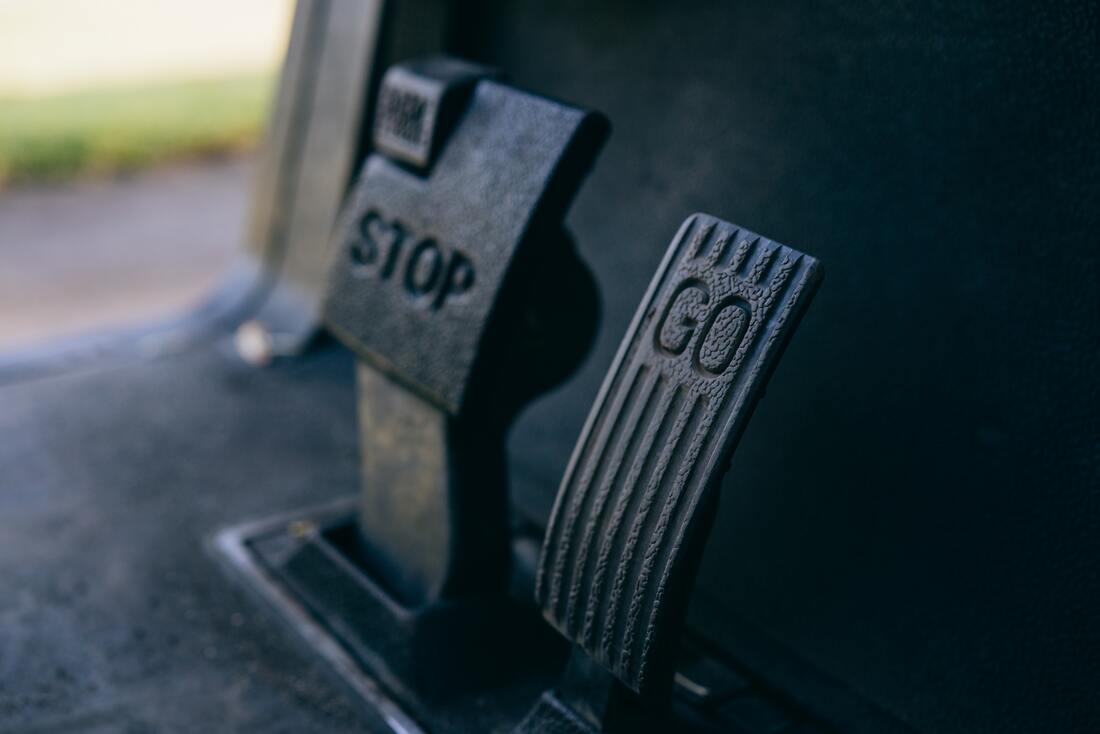
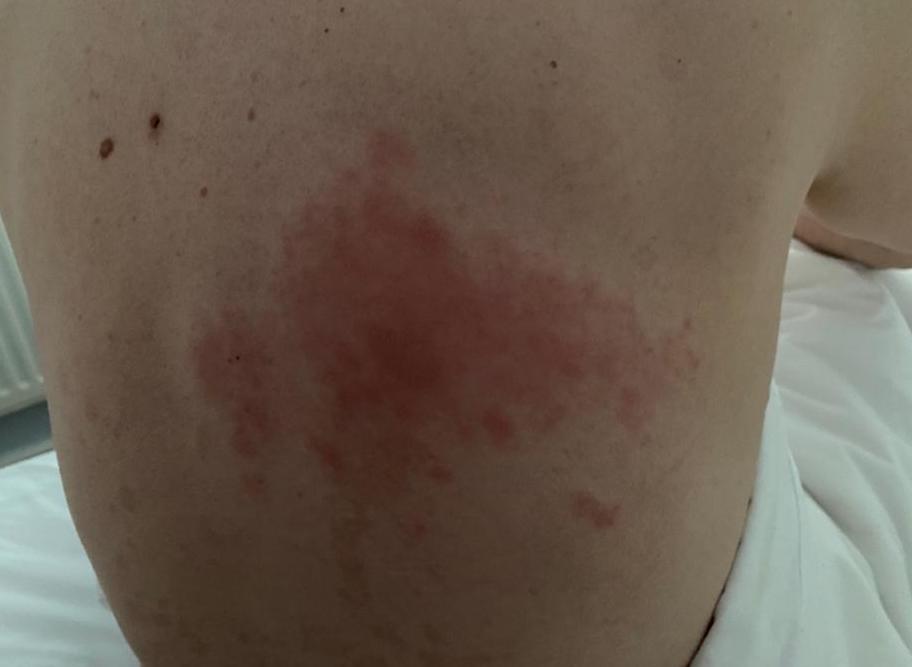

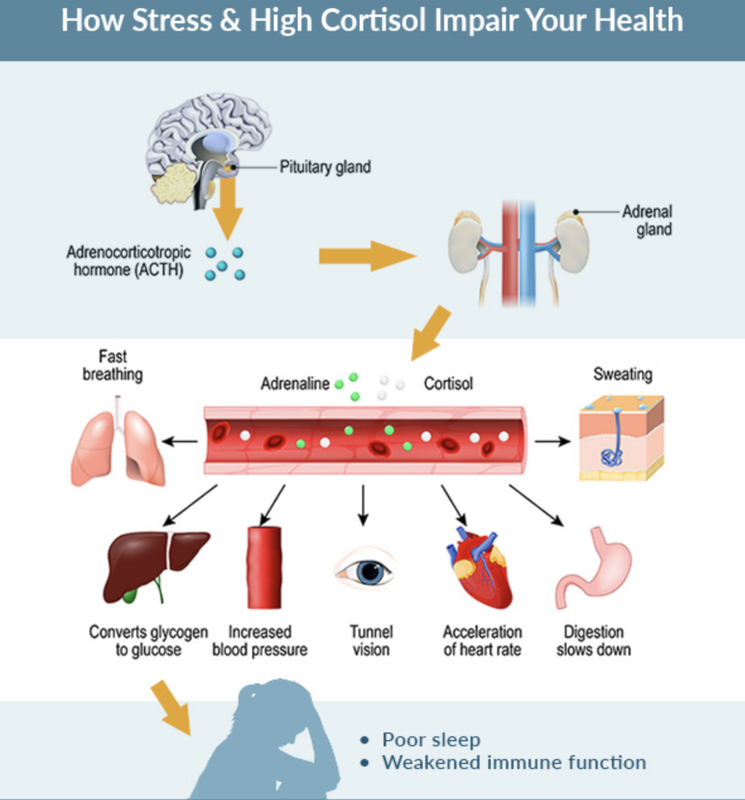
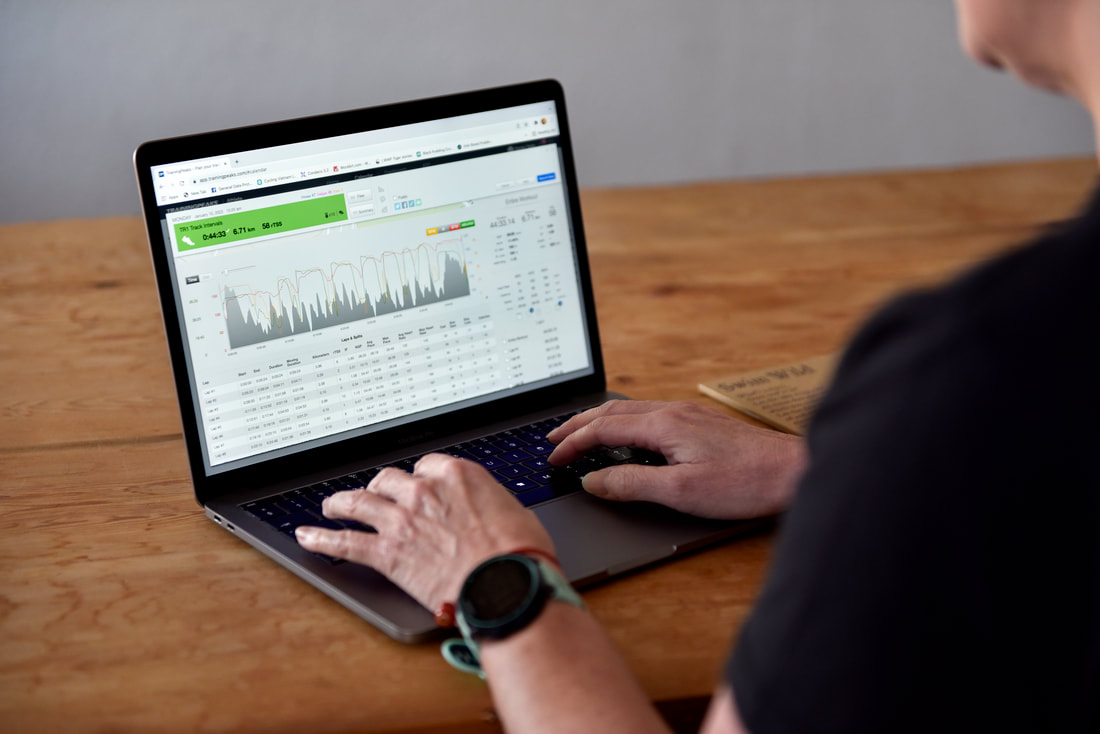
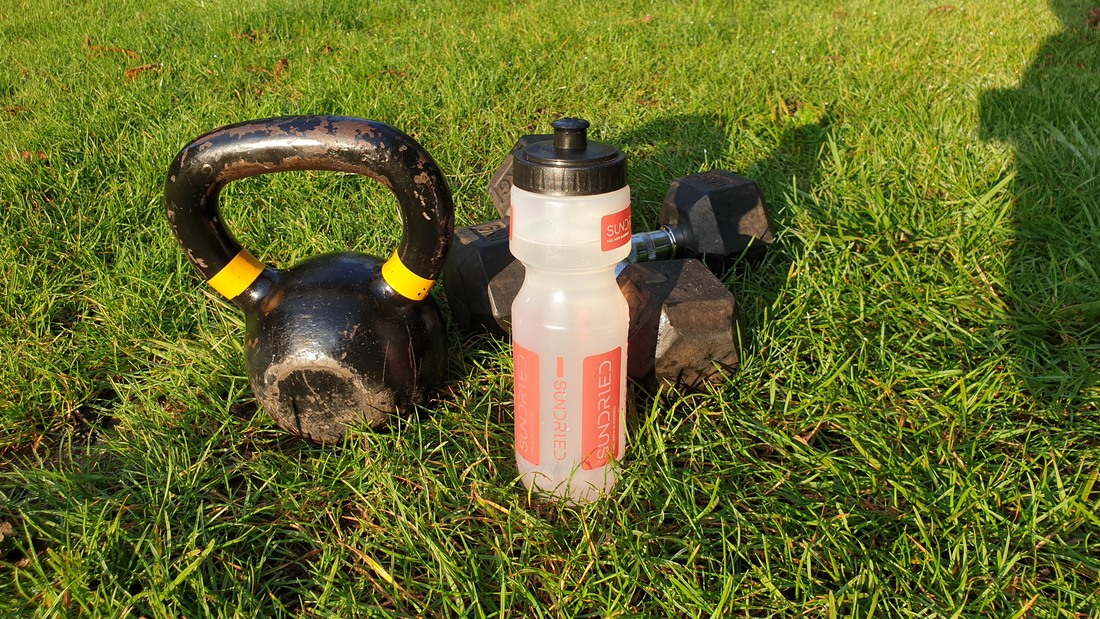
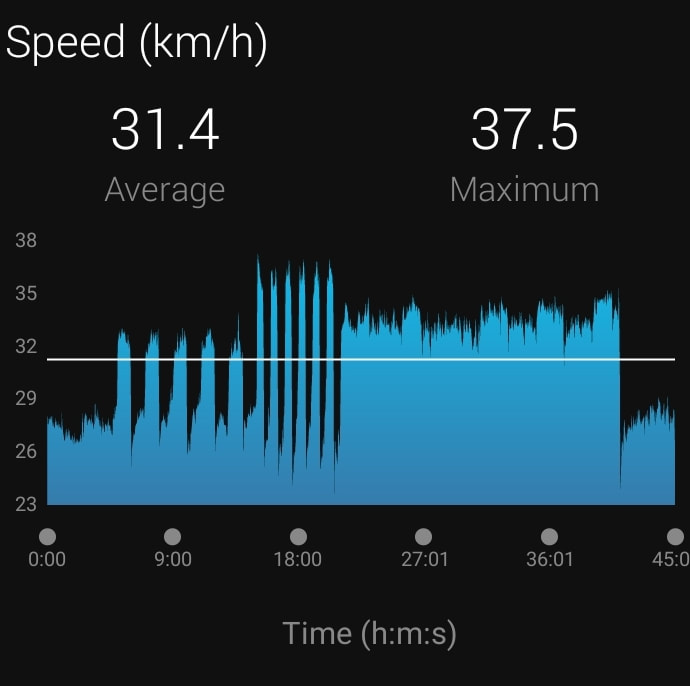

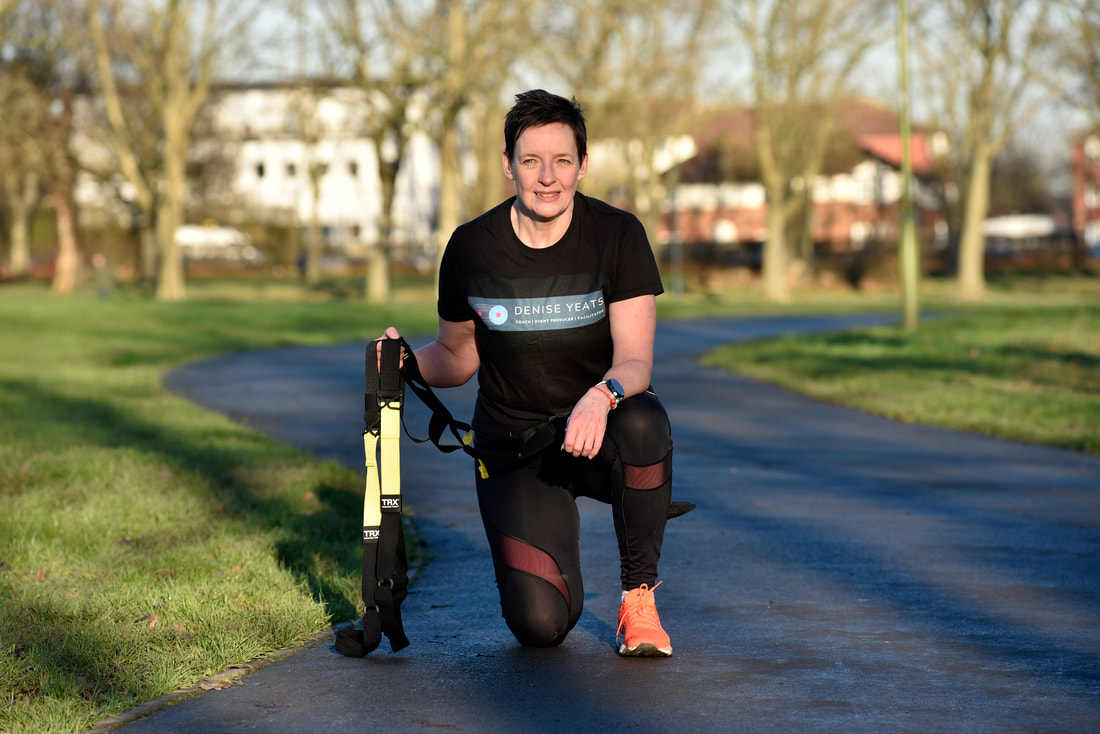
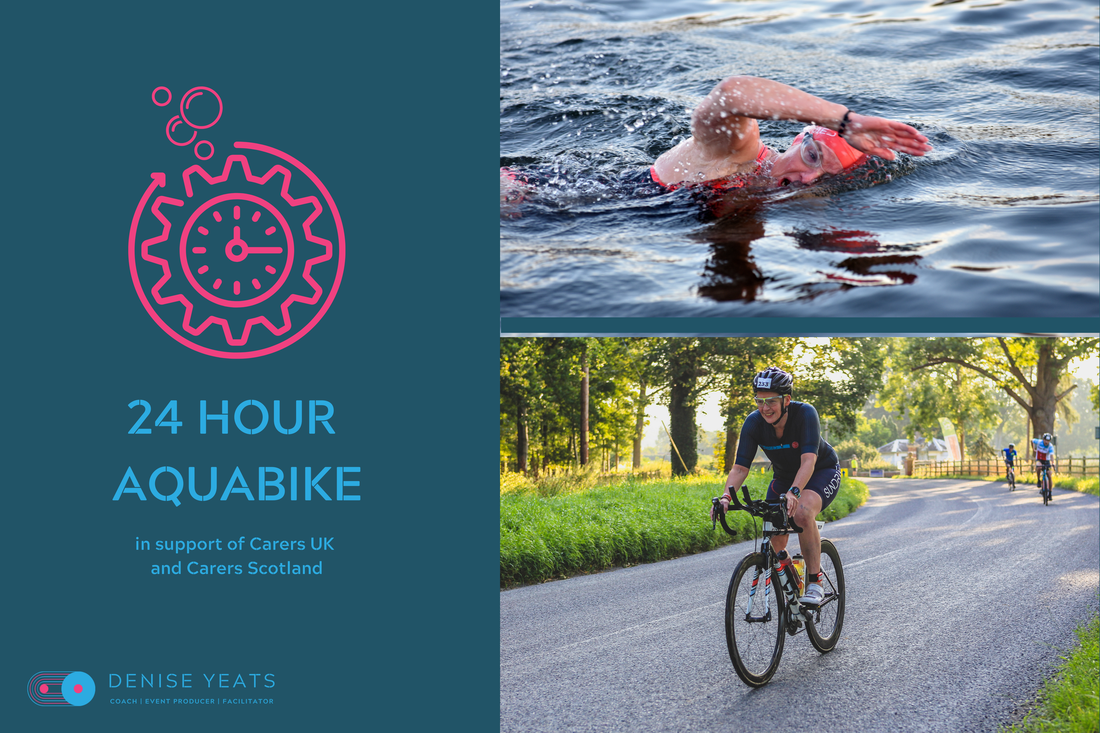
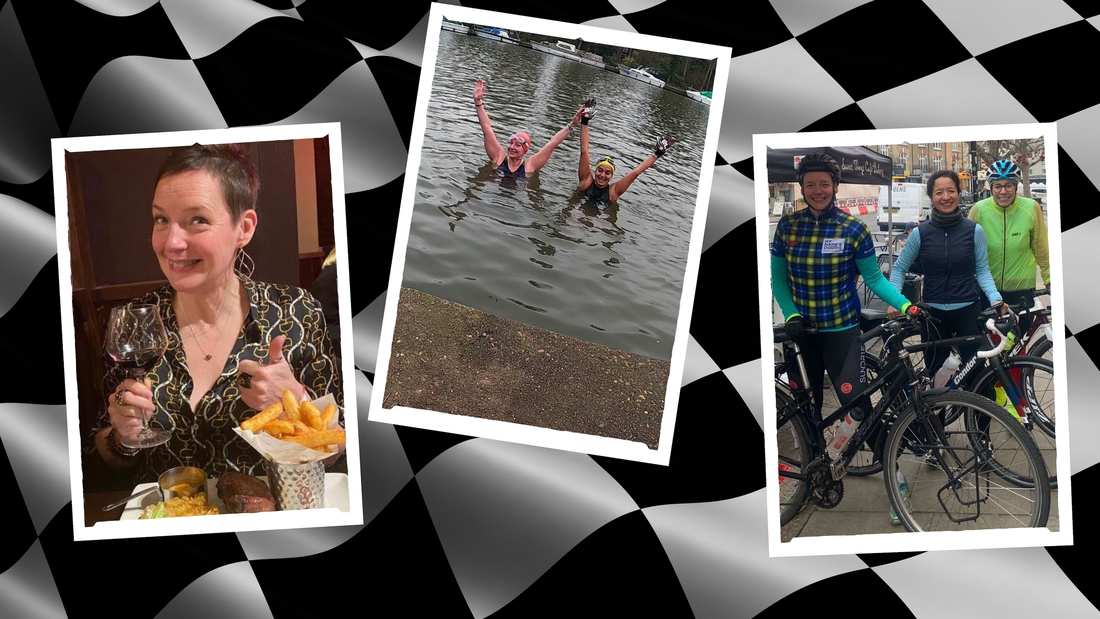
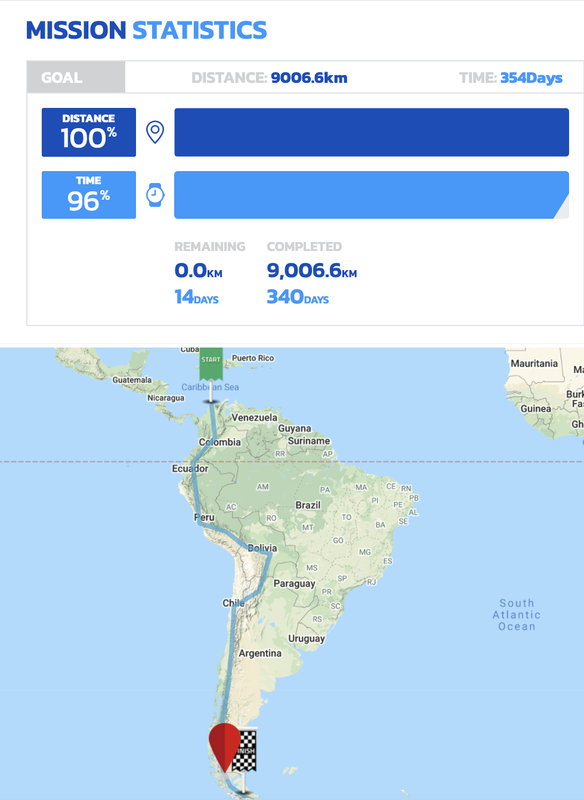
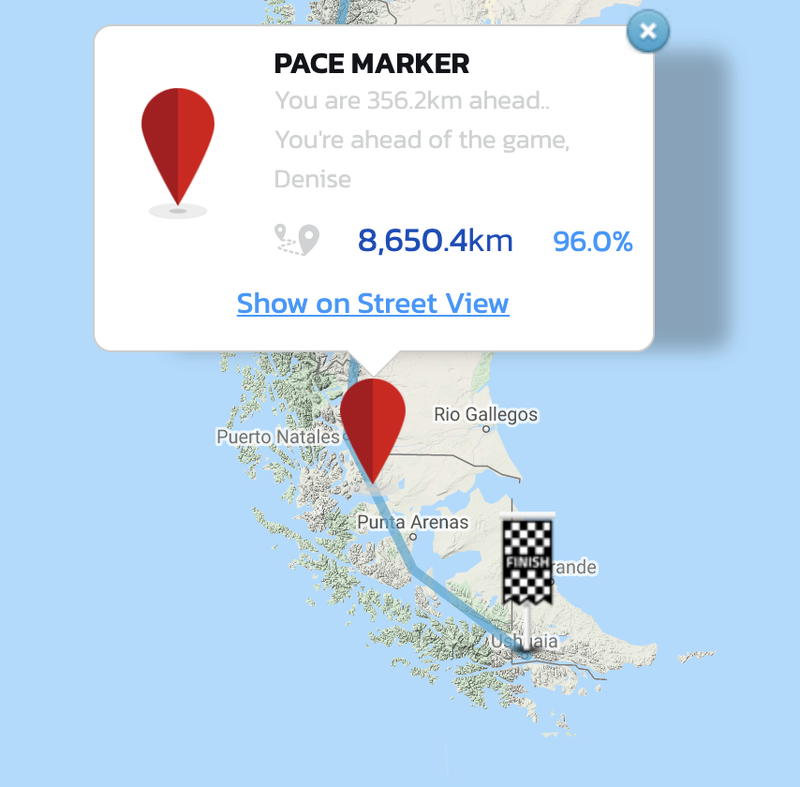

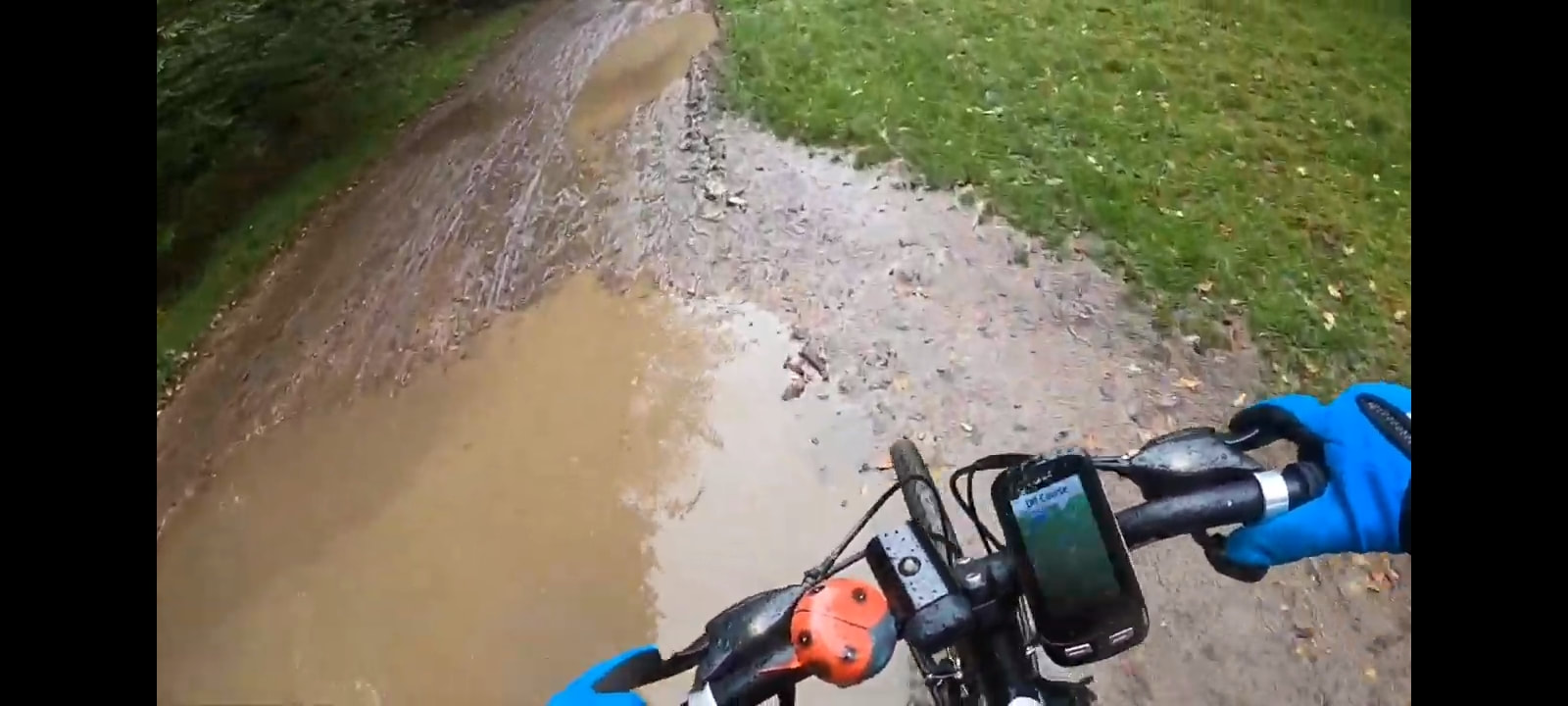
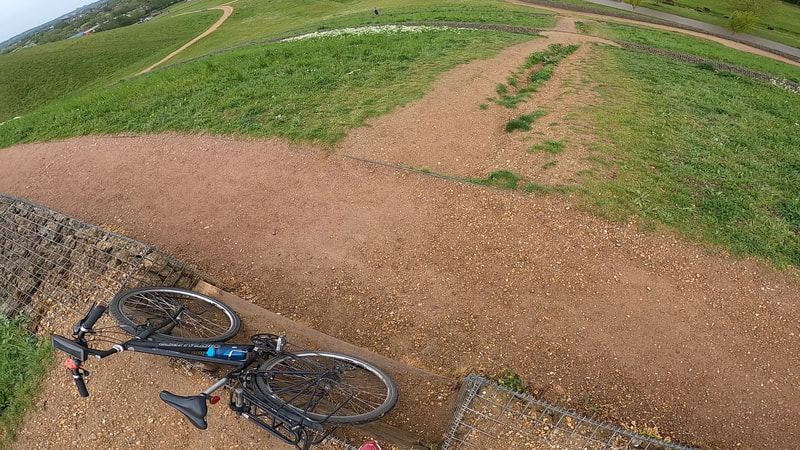
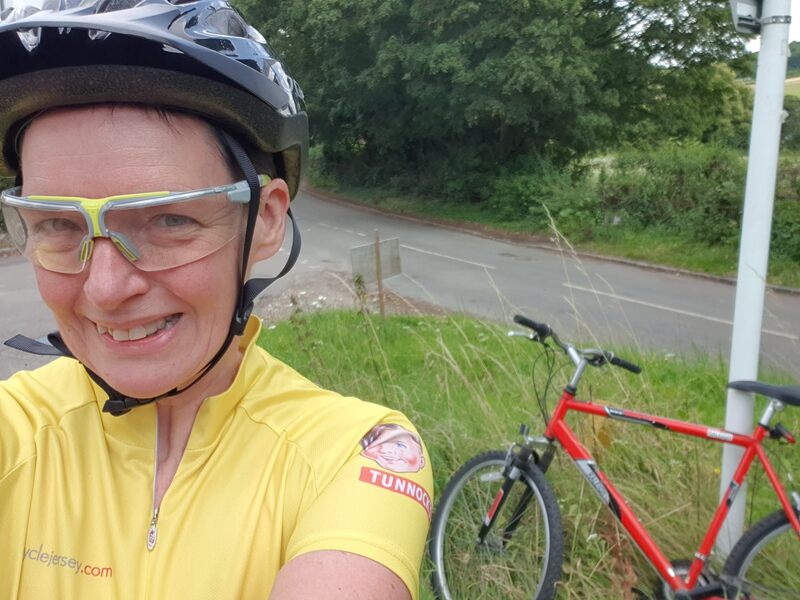
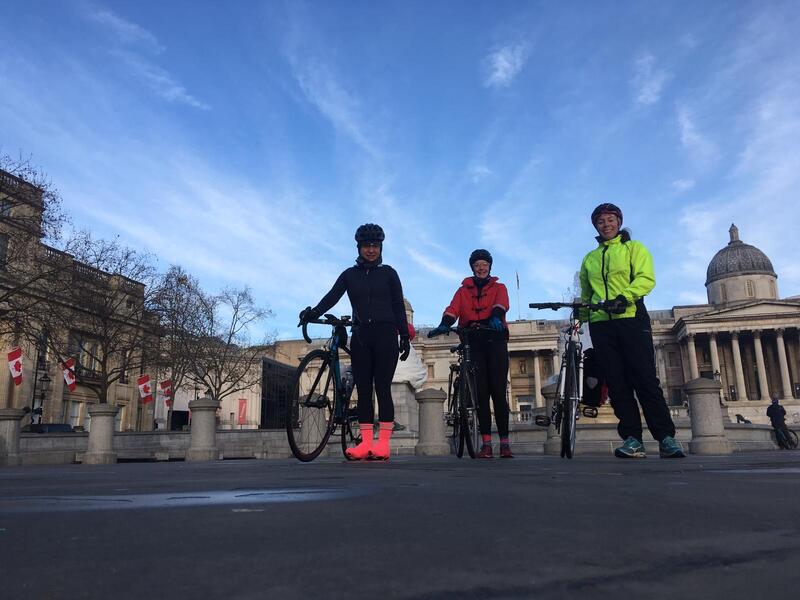
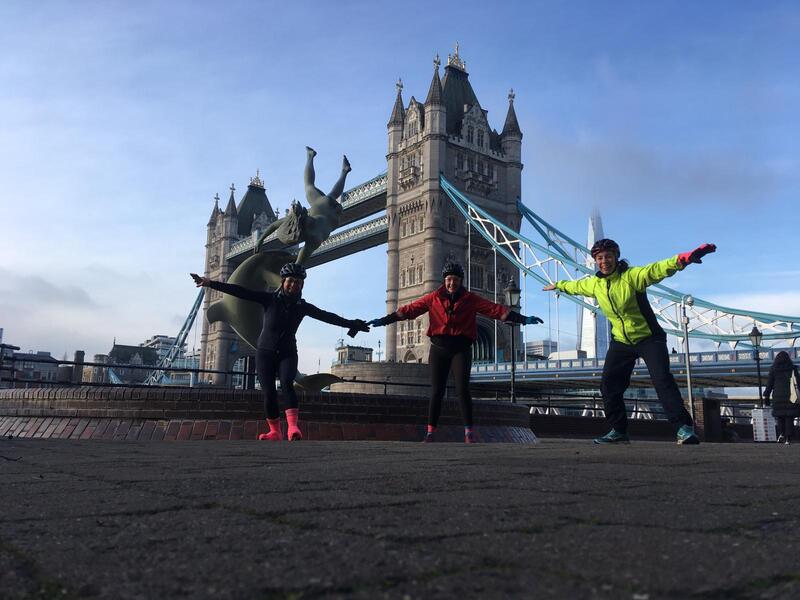

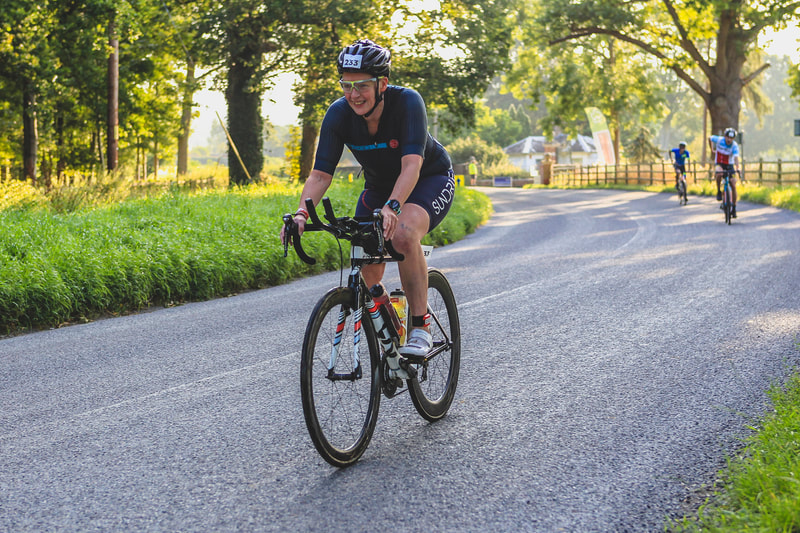
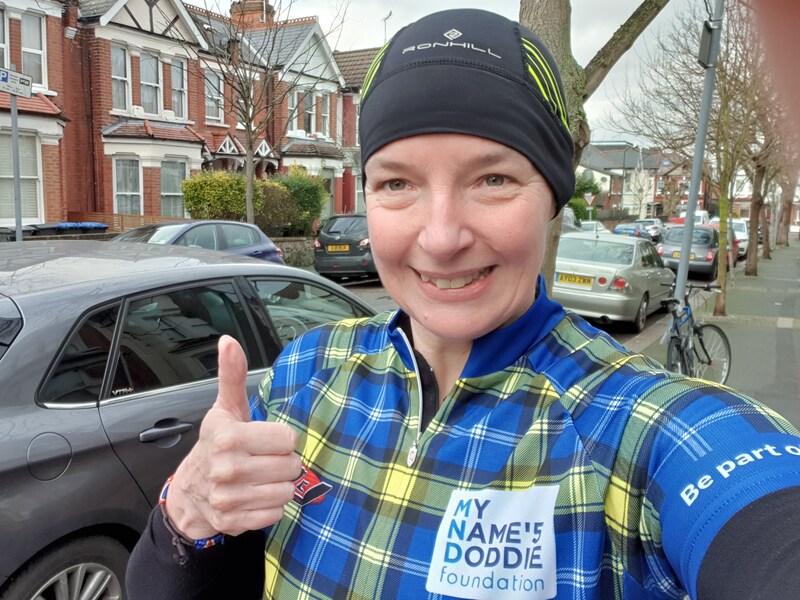
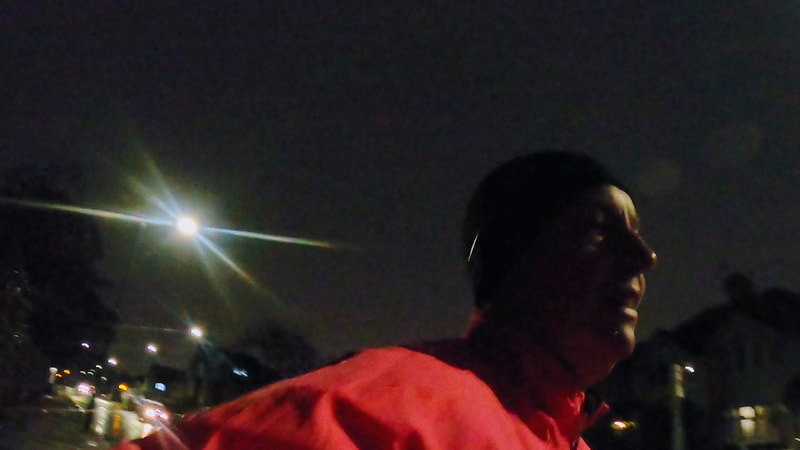
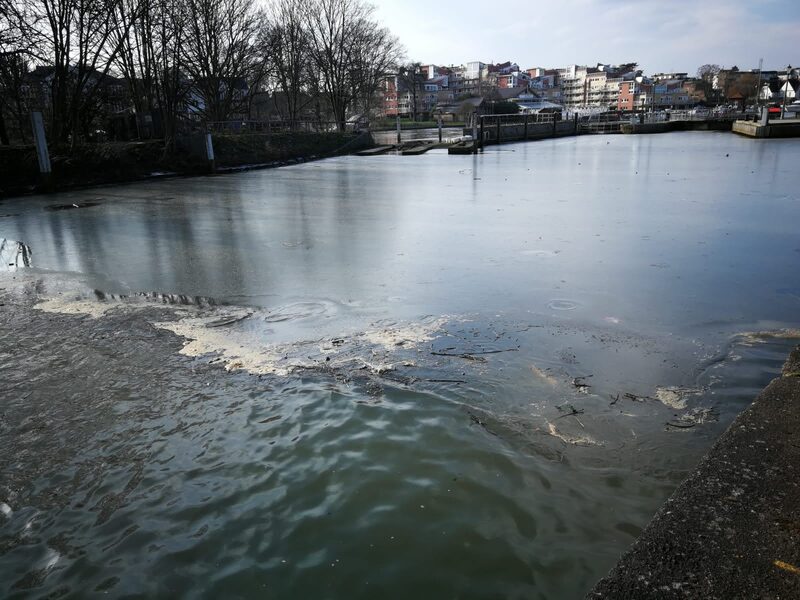
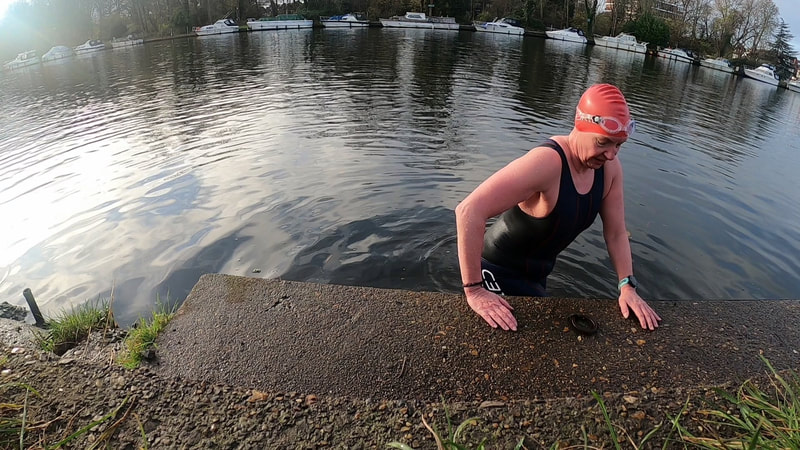

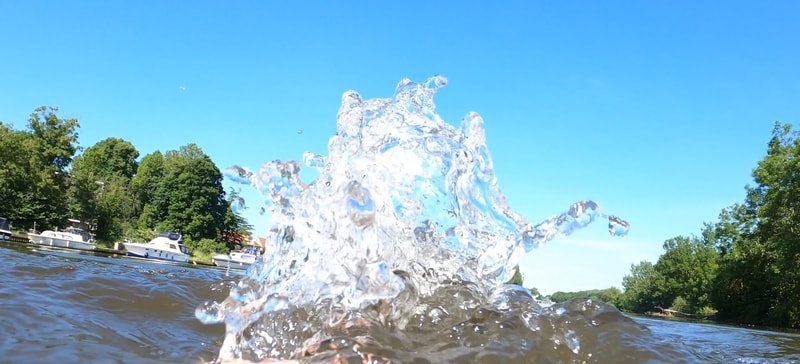

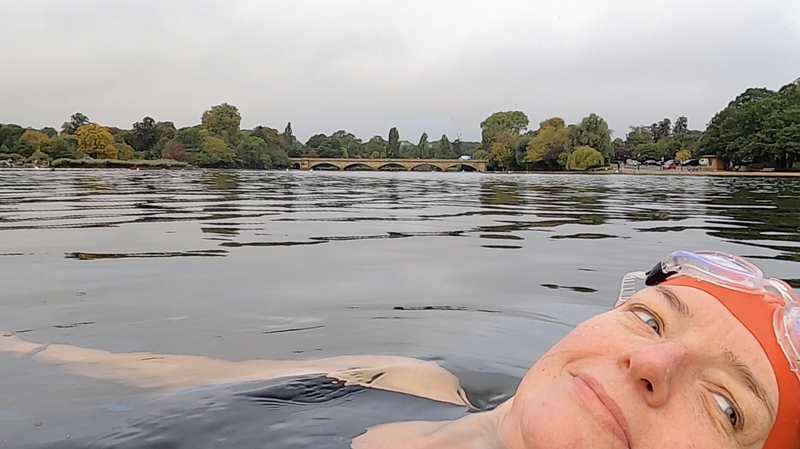
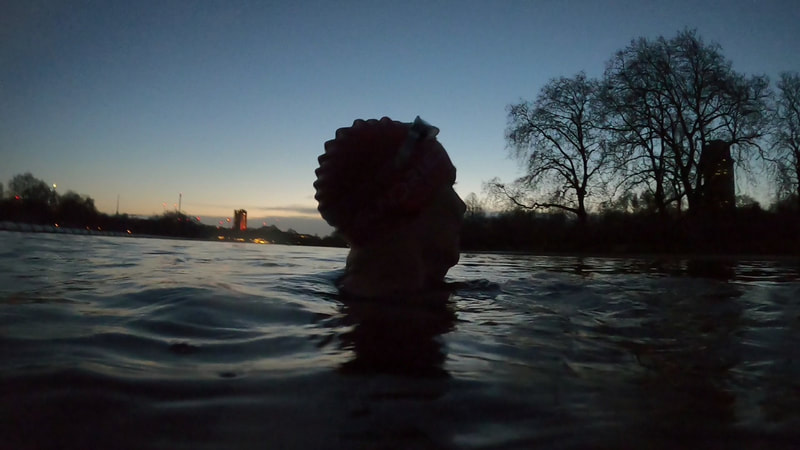
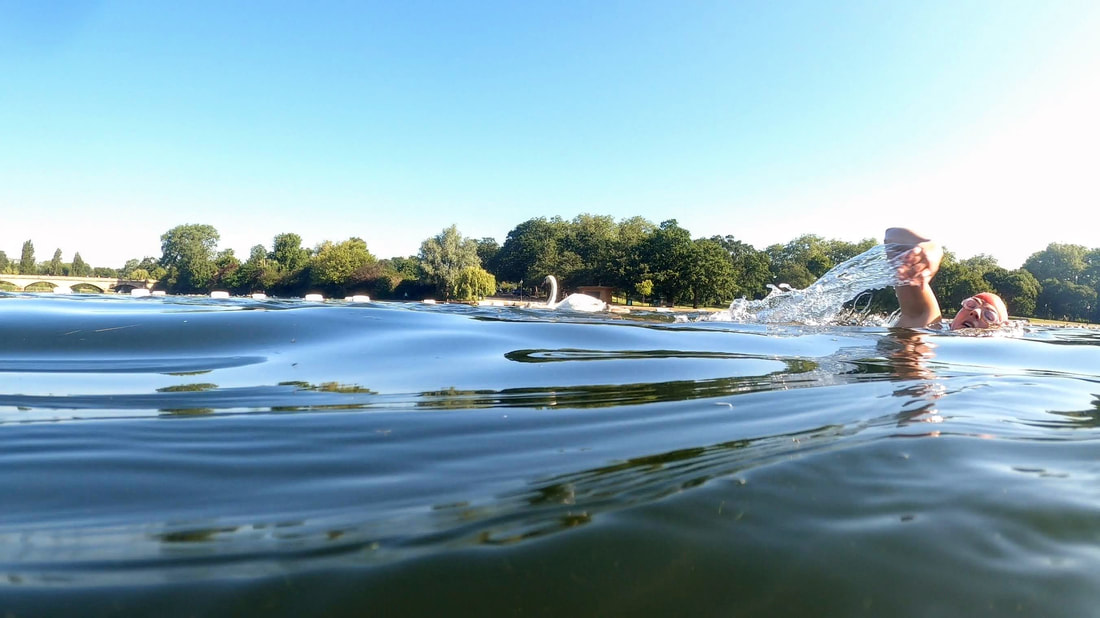
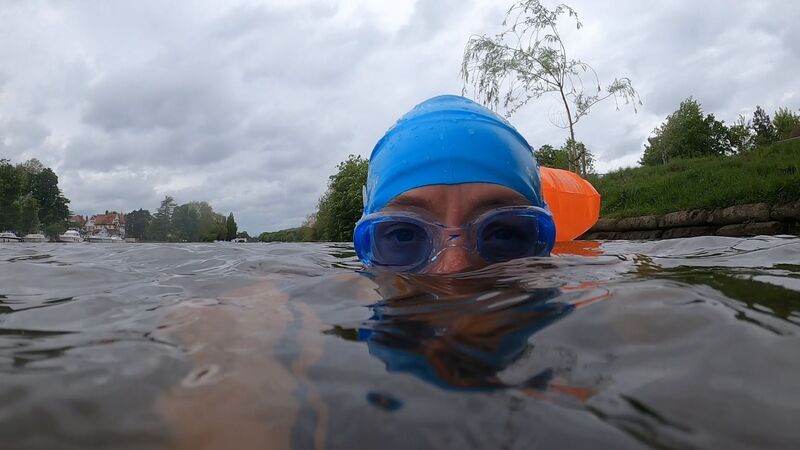
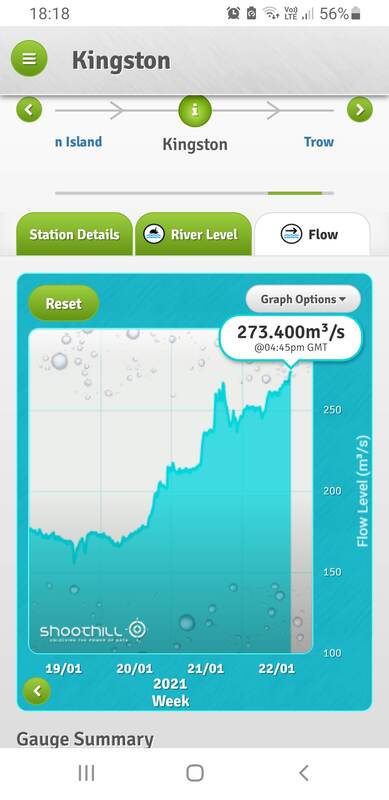
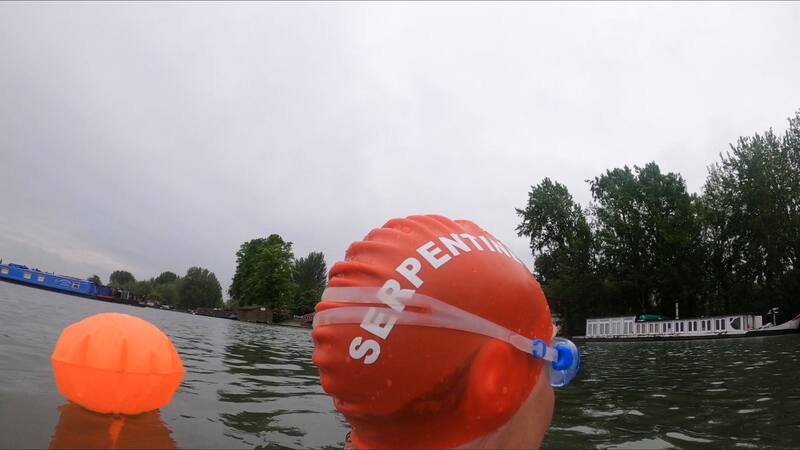
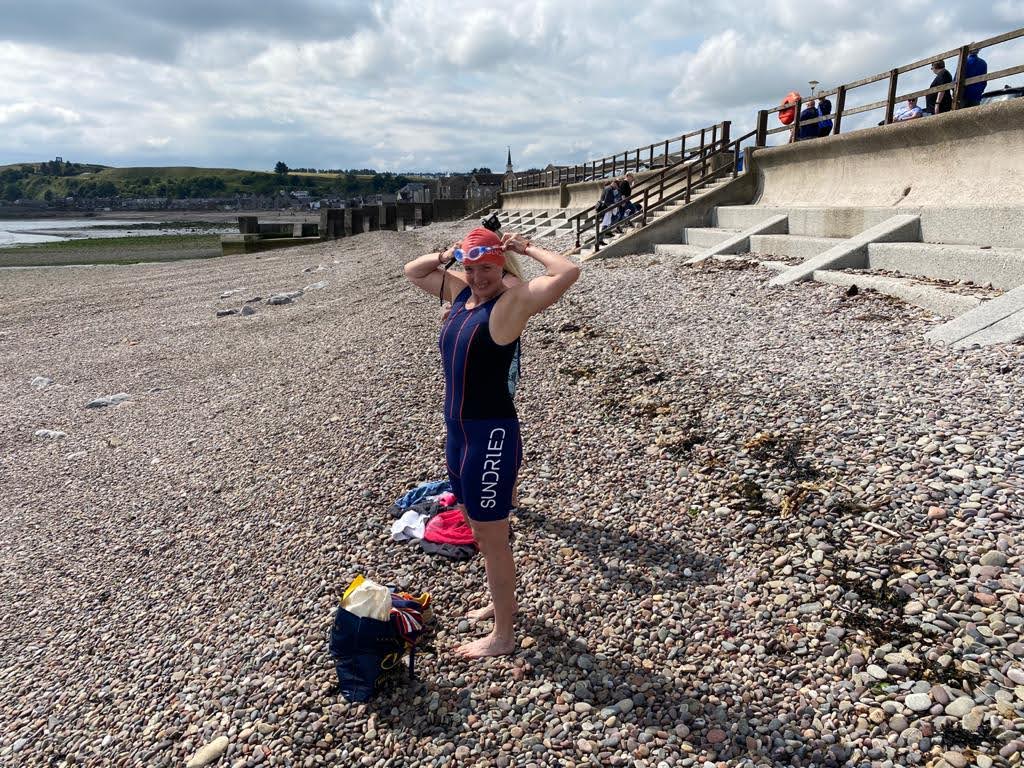
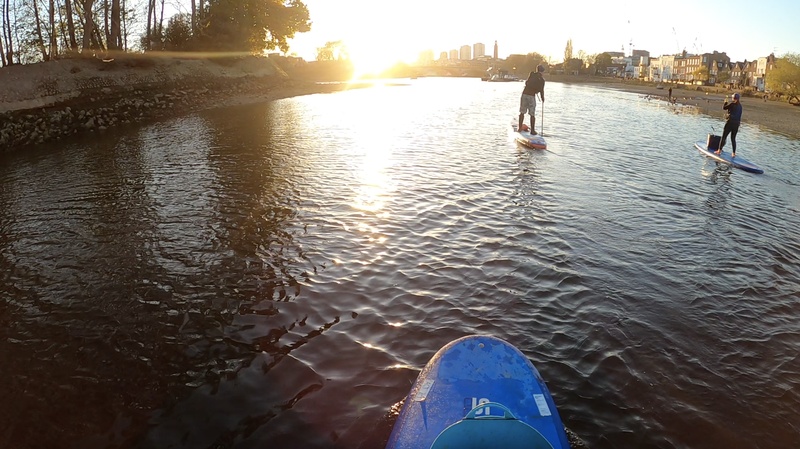
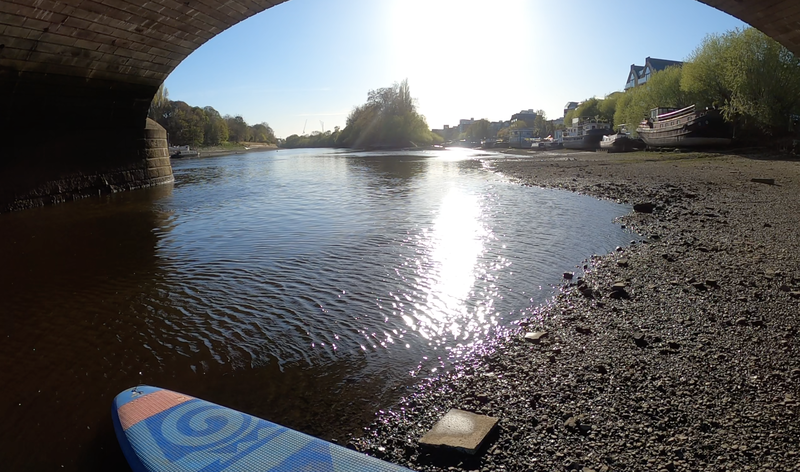
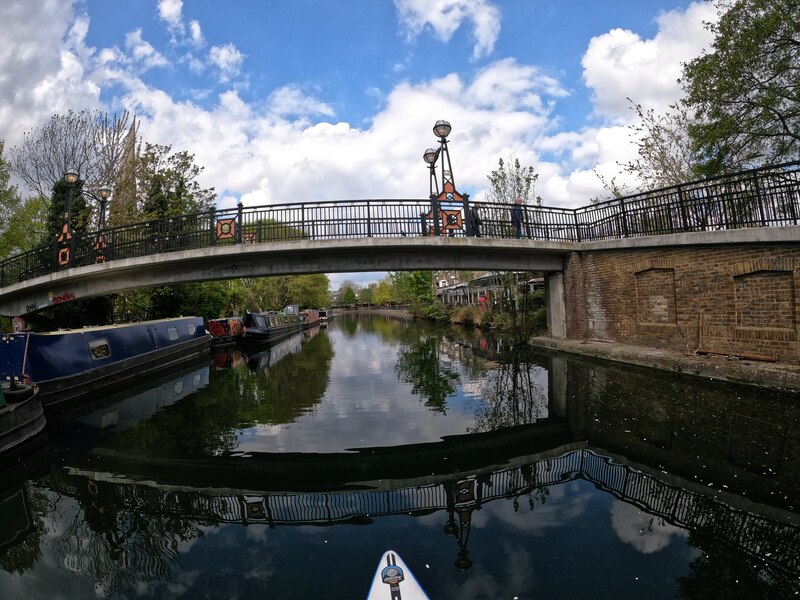
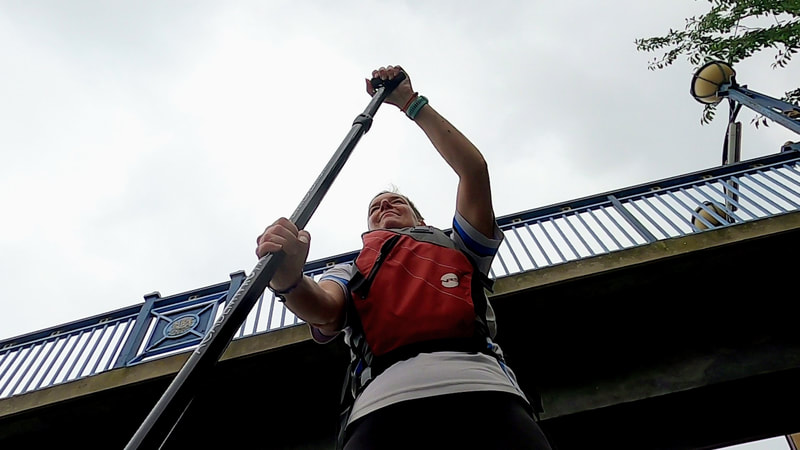
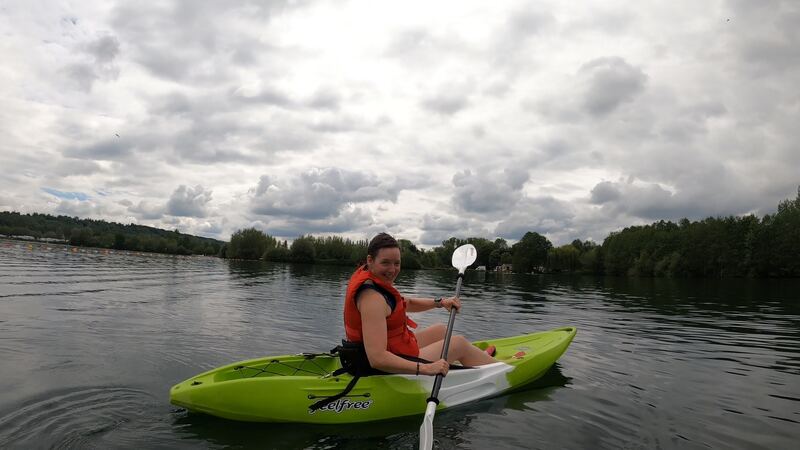



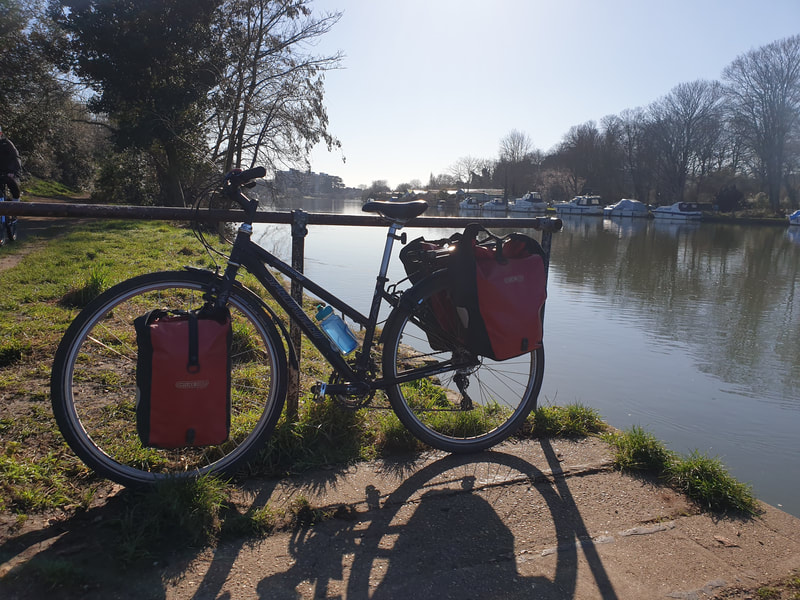

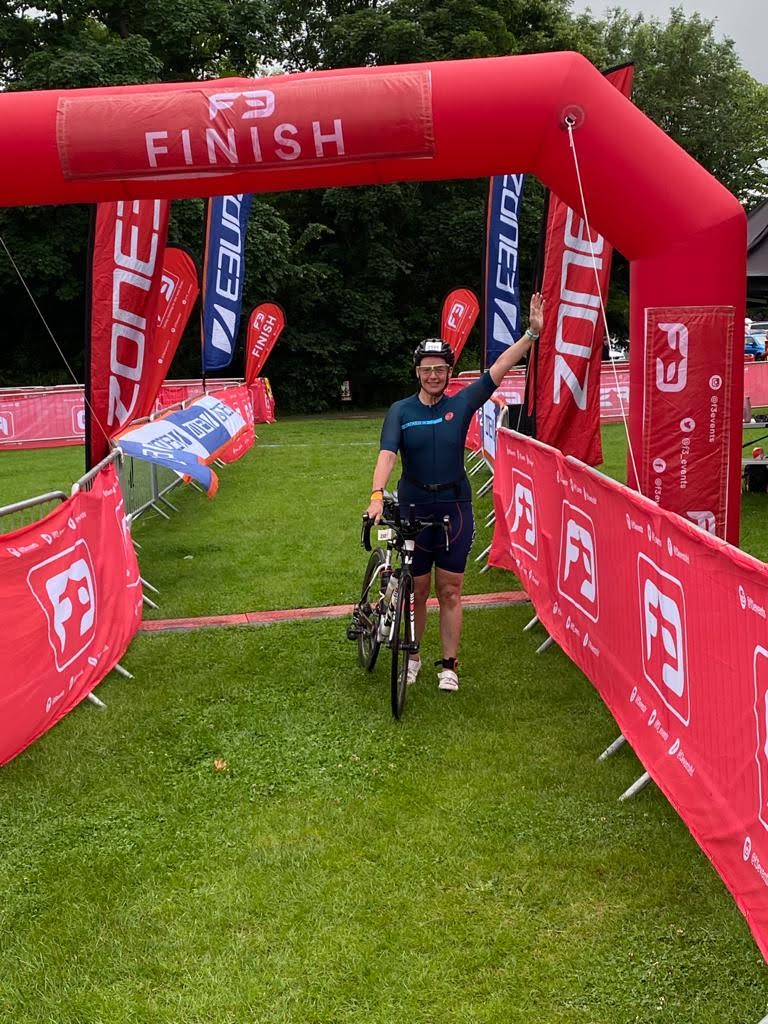
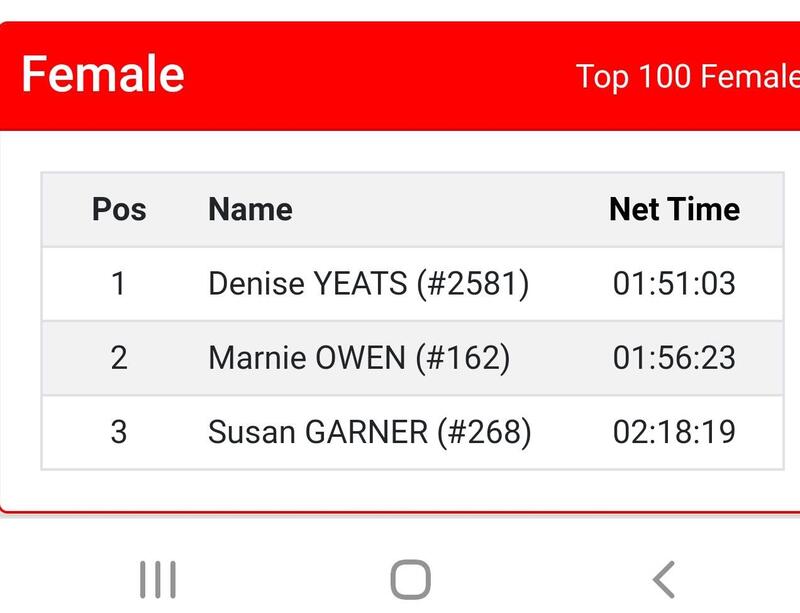
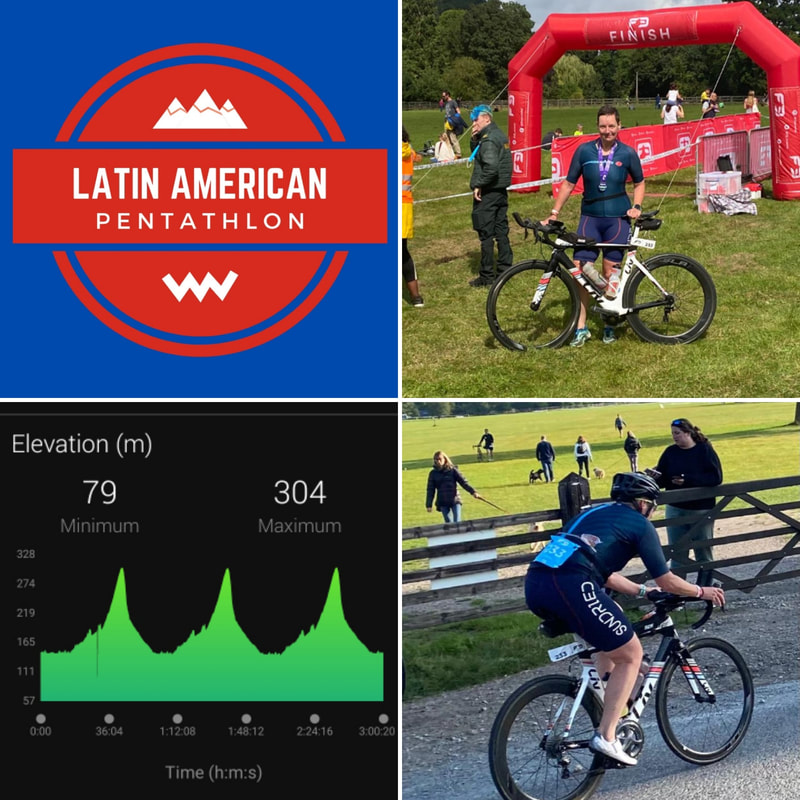
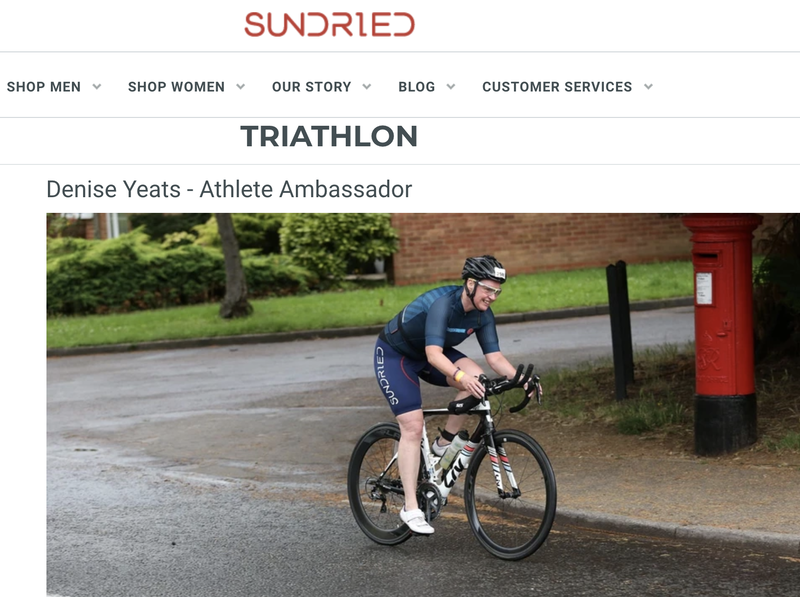
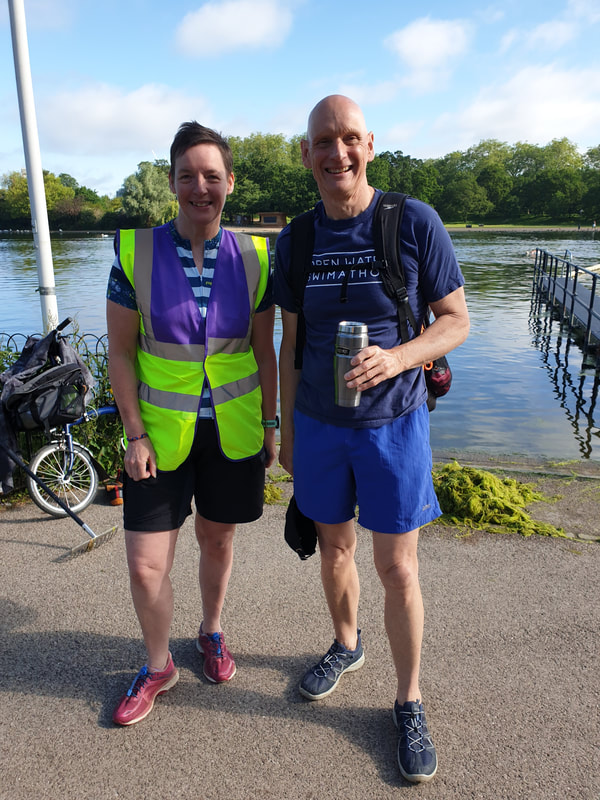

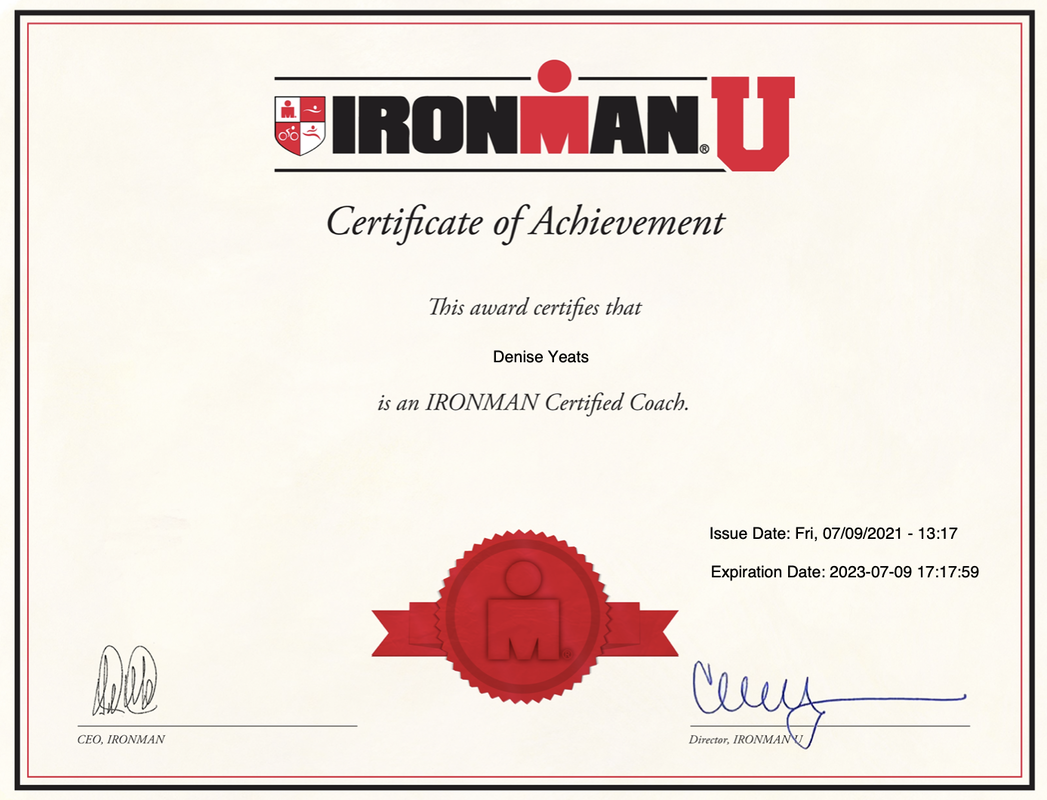

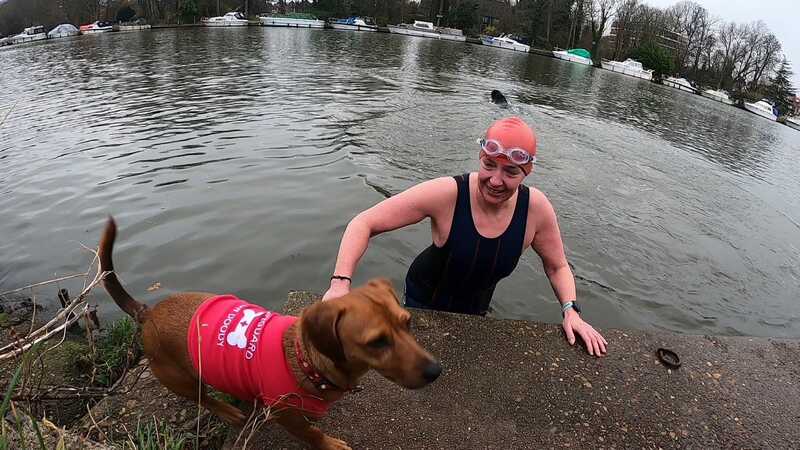
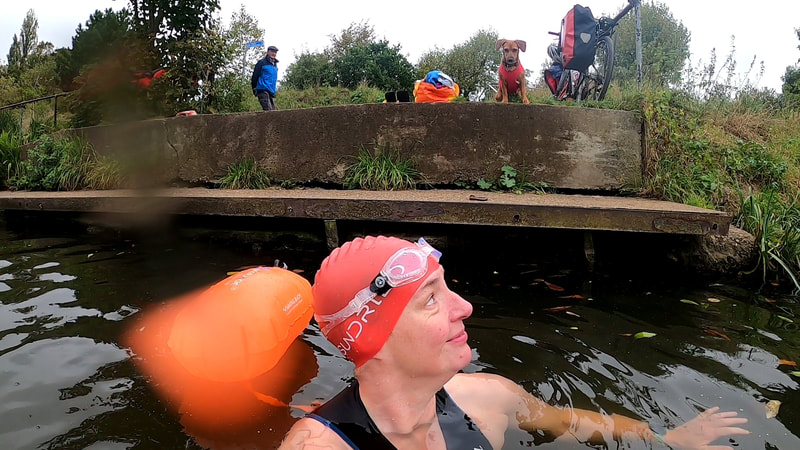
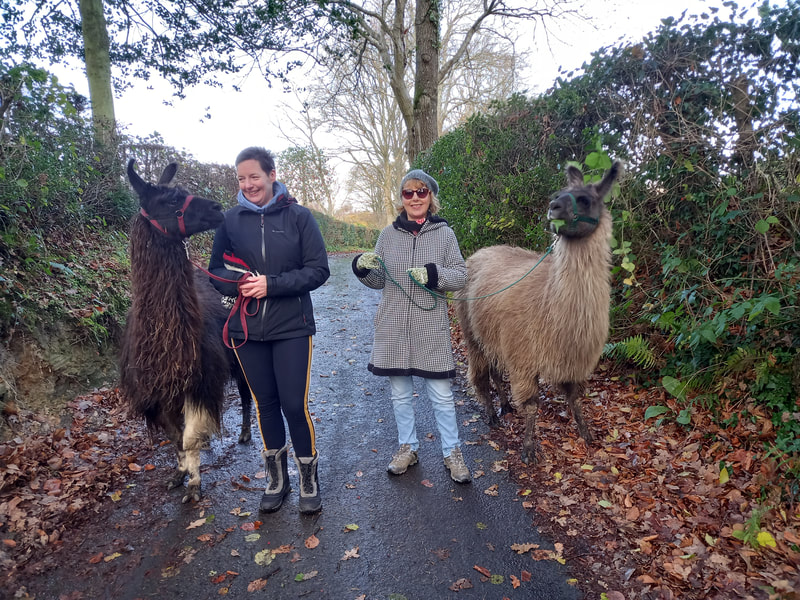
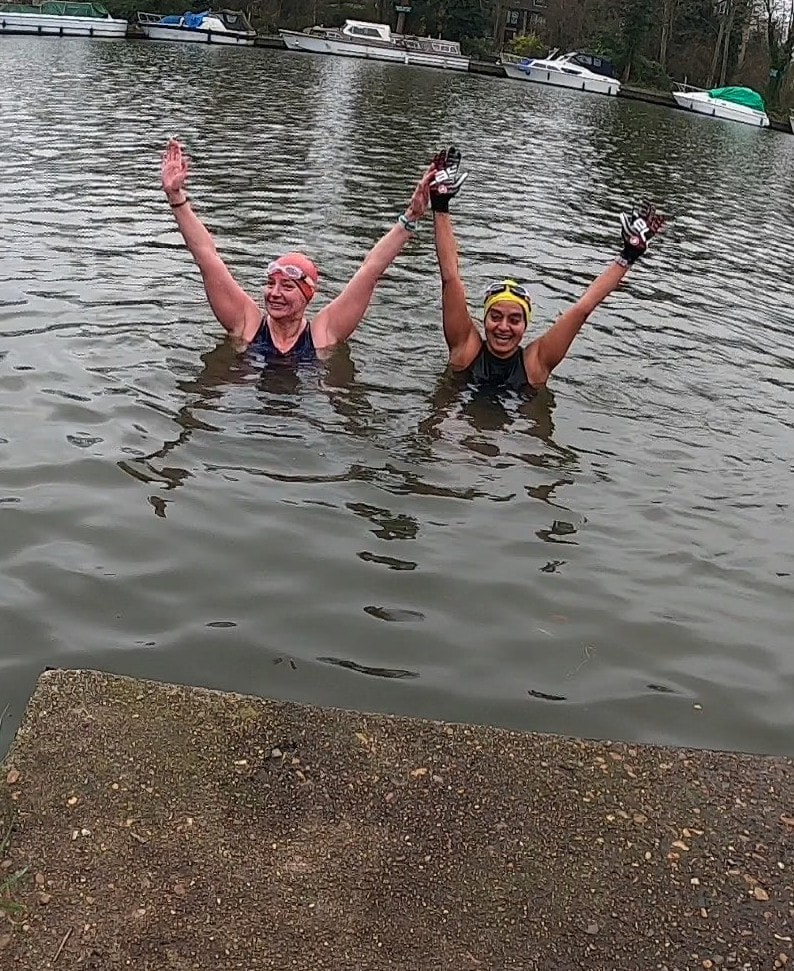
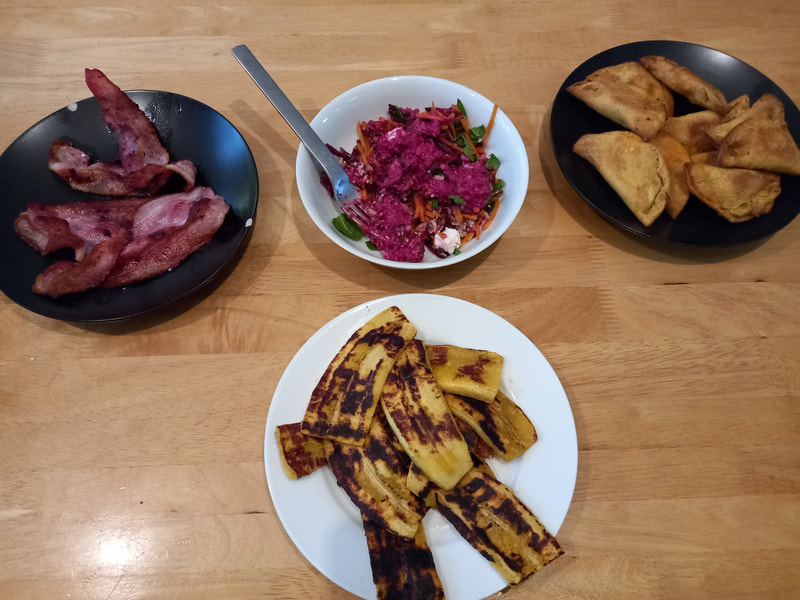
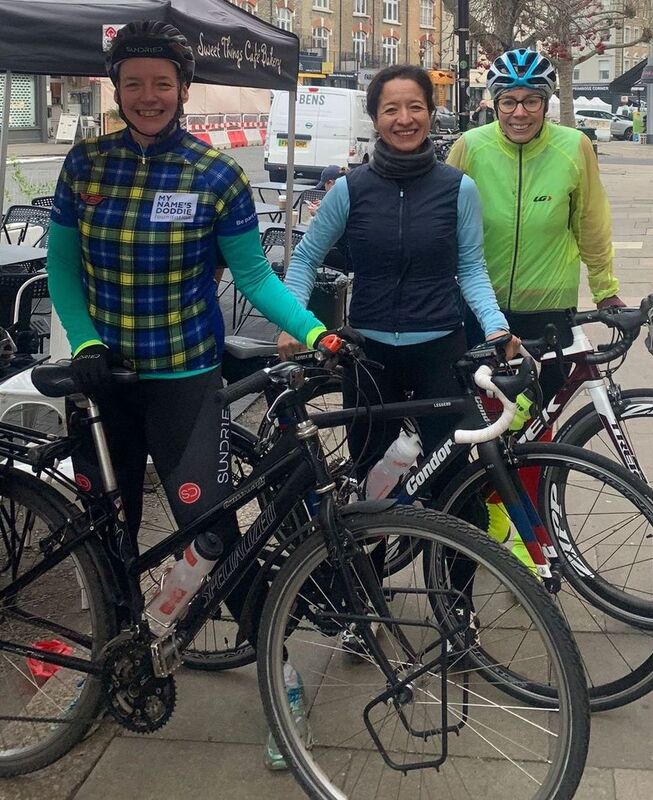



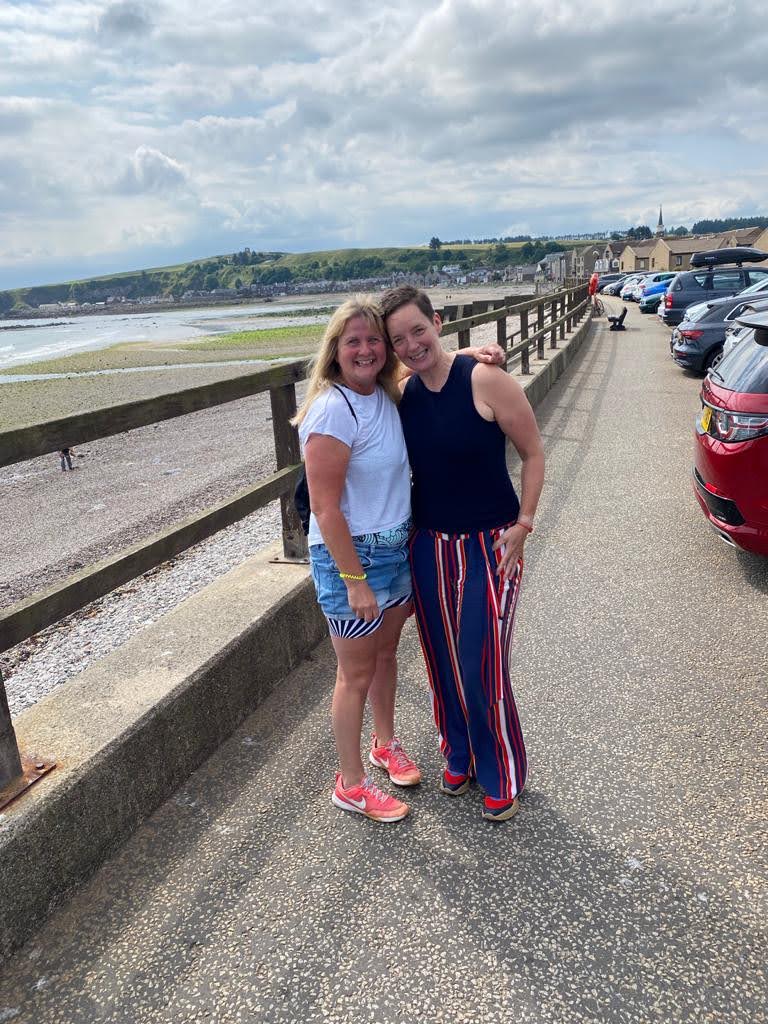
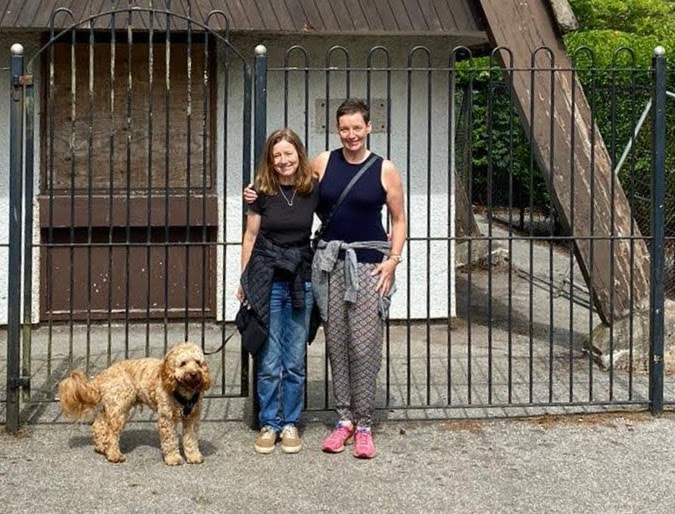
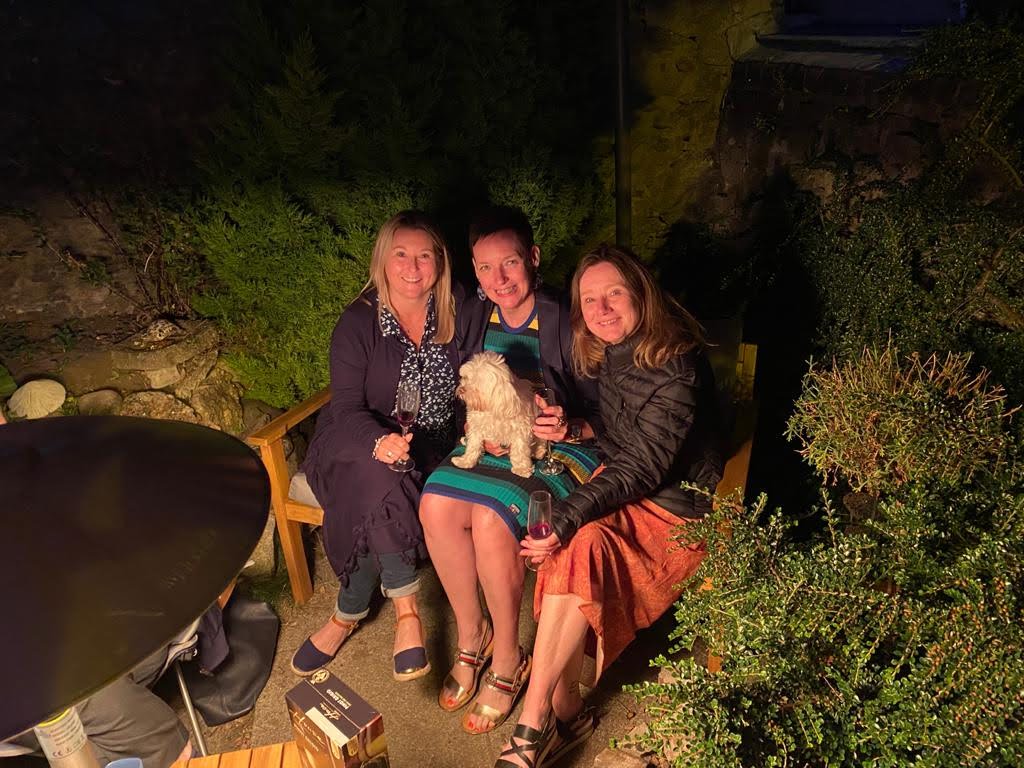

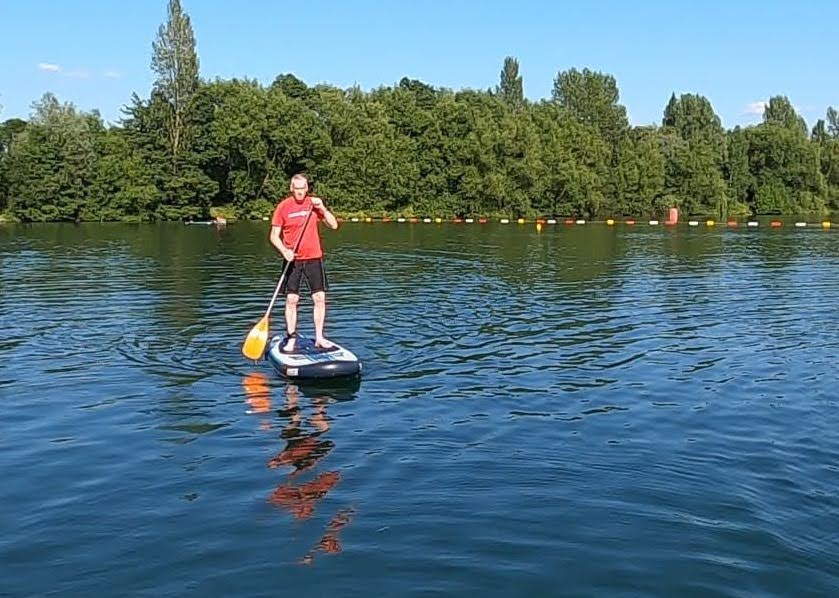
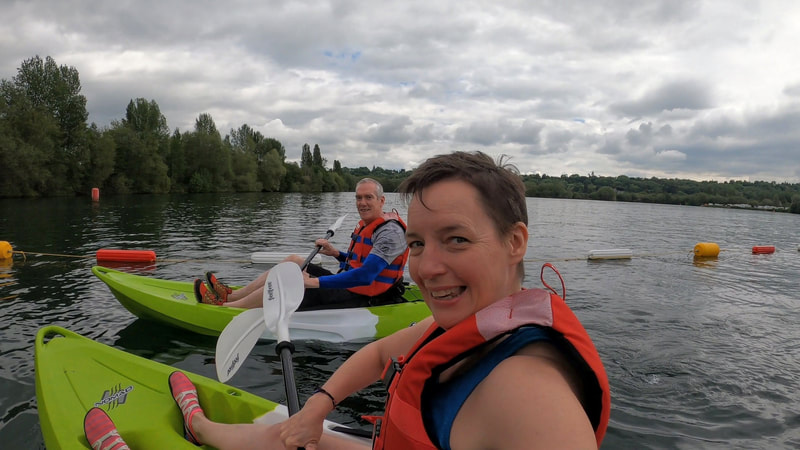
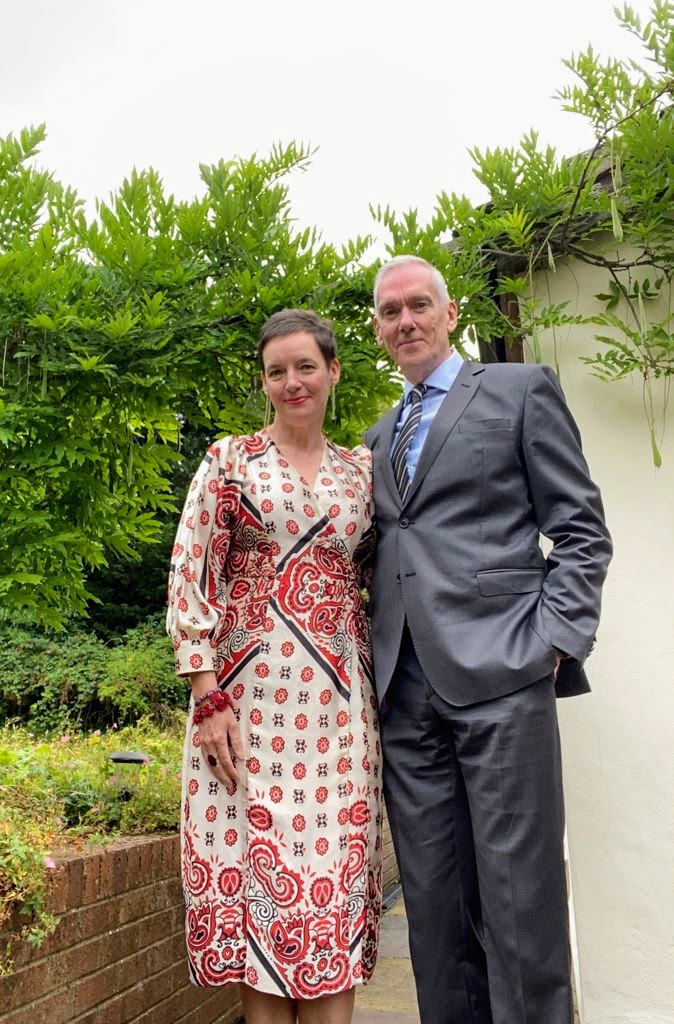
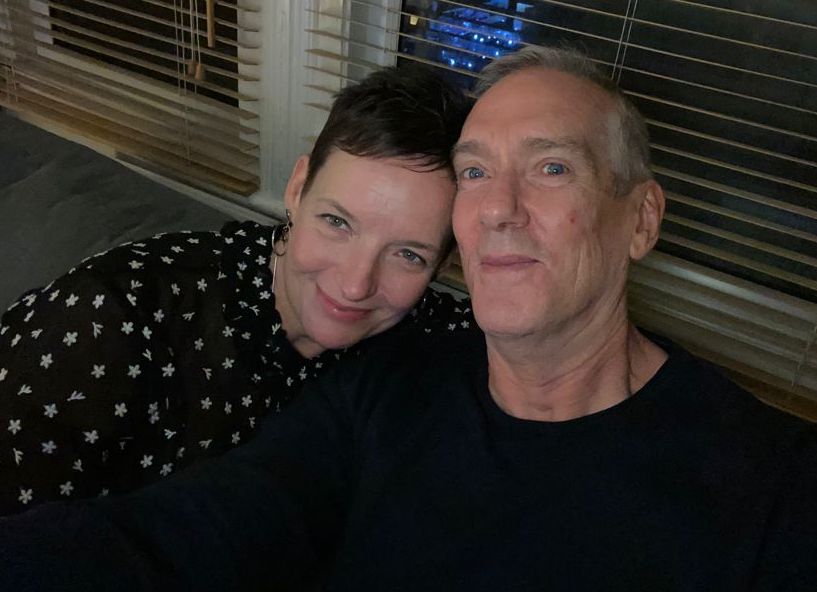
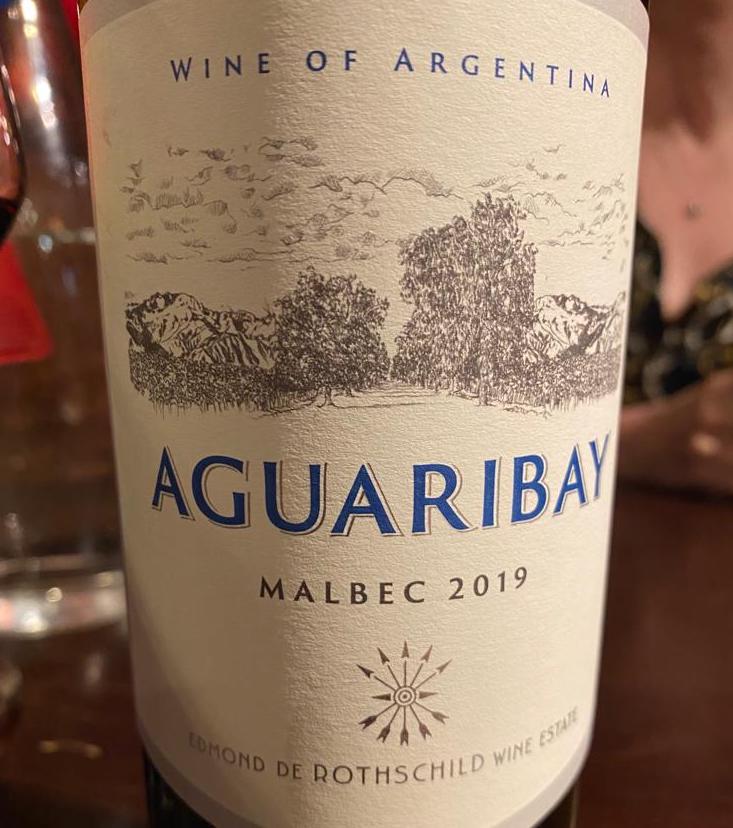





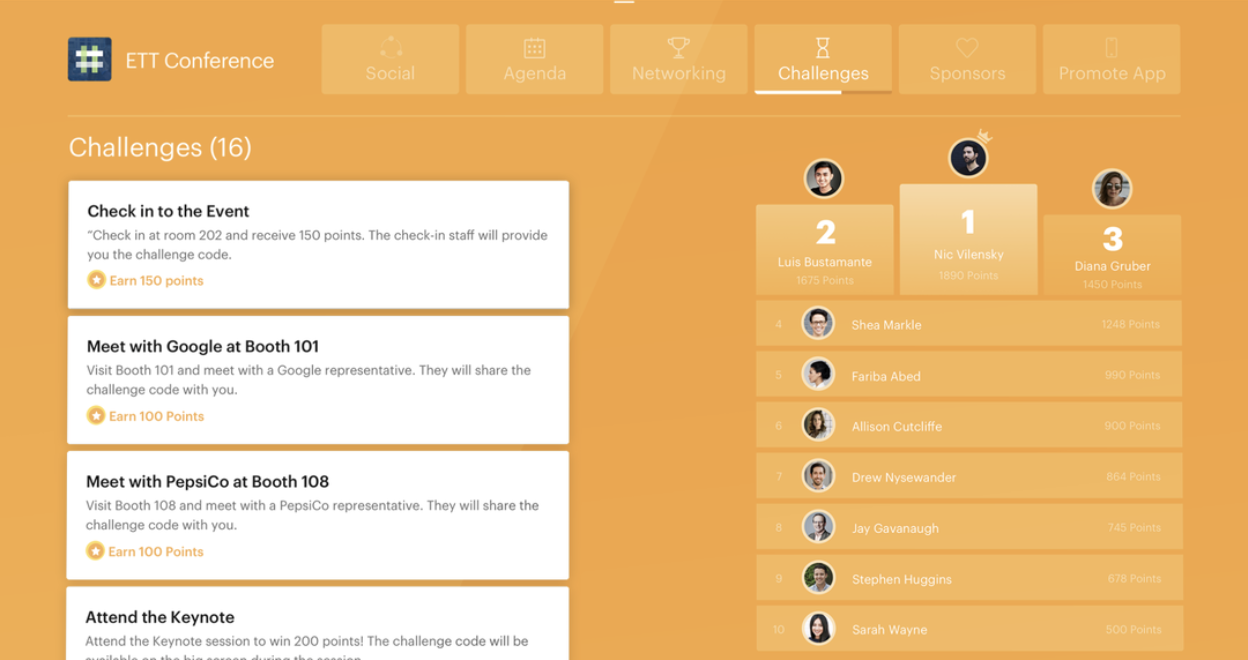
 RSS Feed
RSS Feed